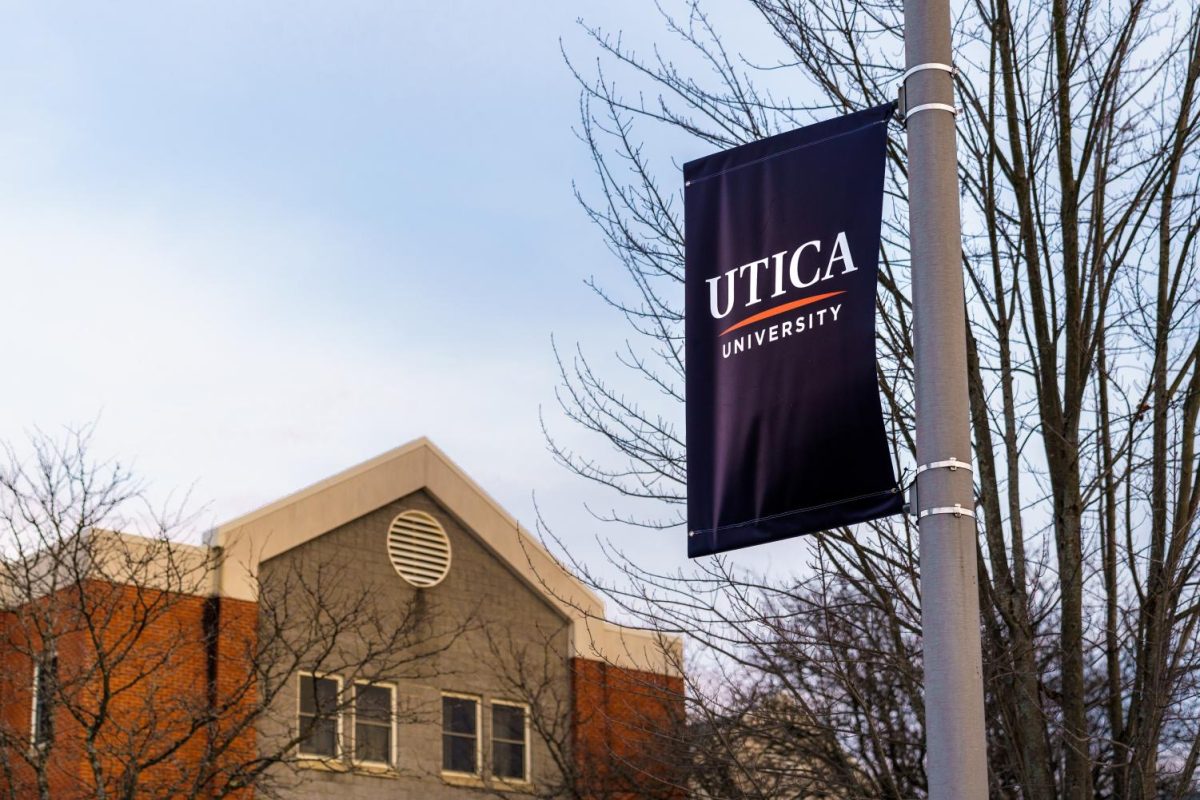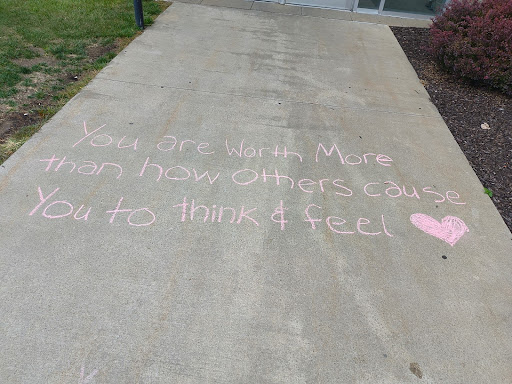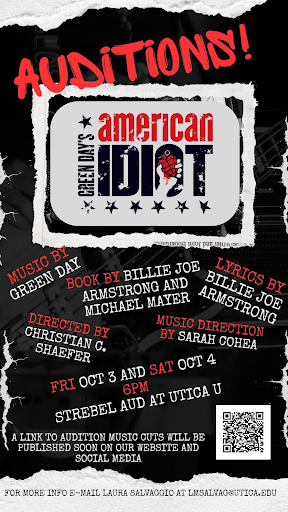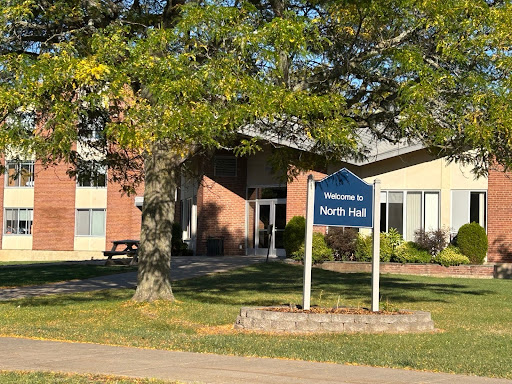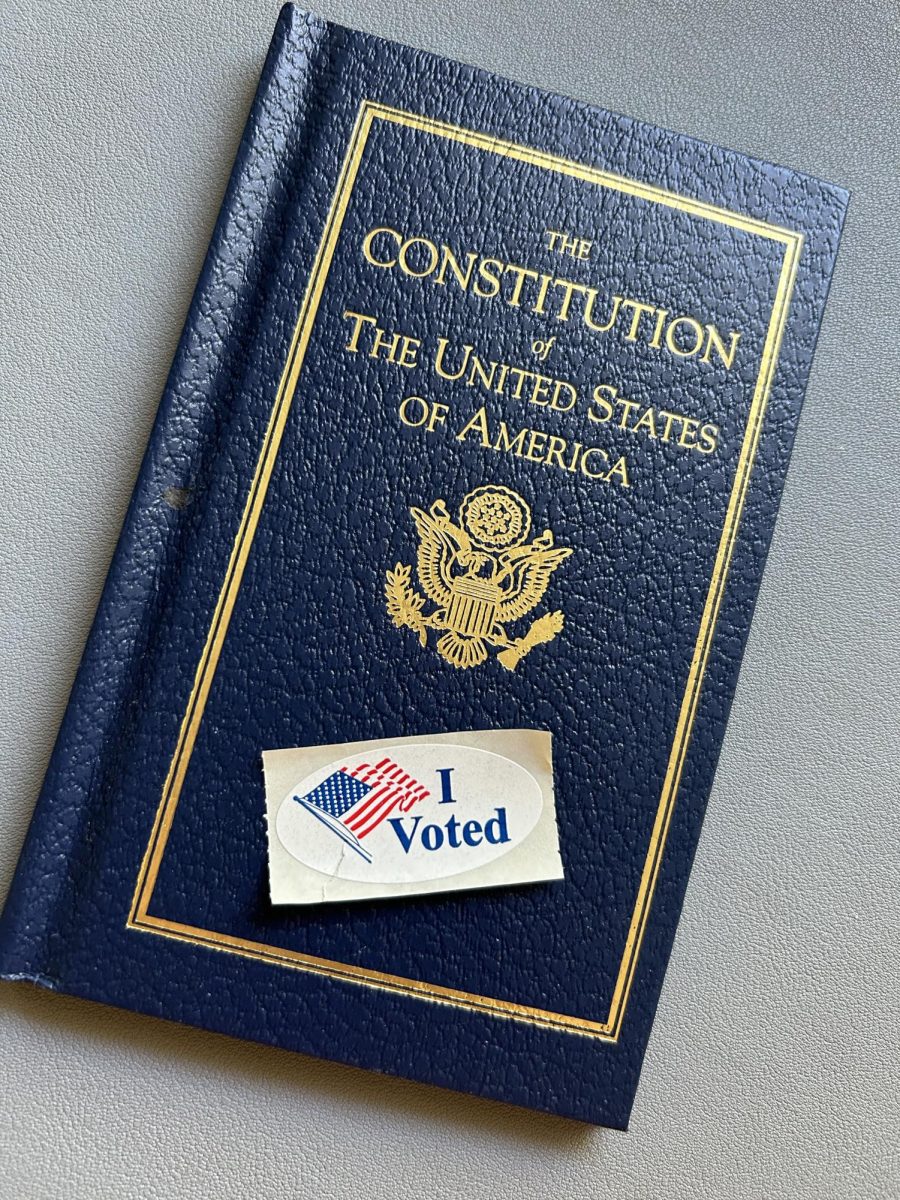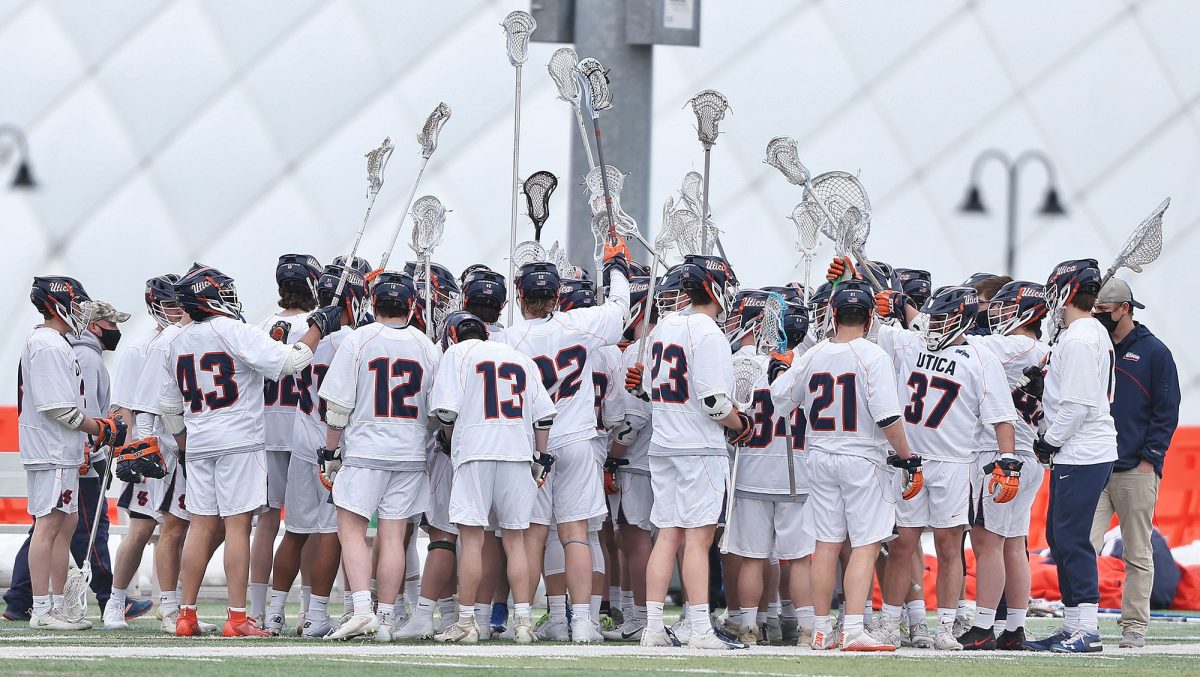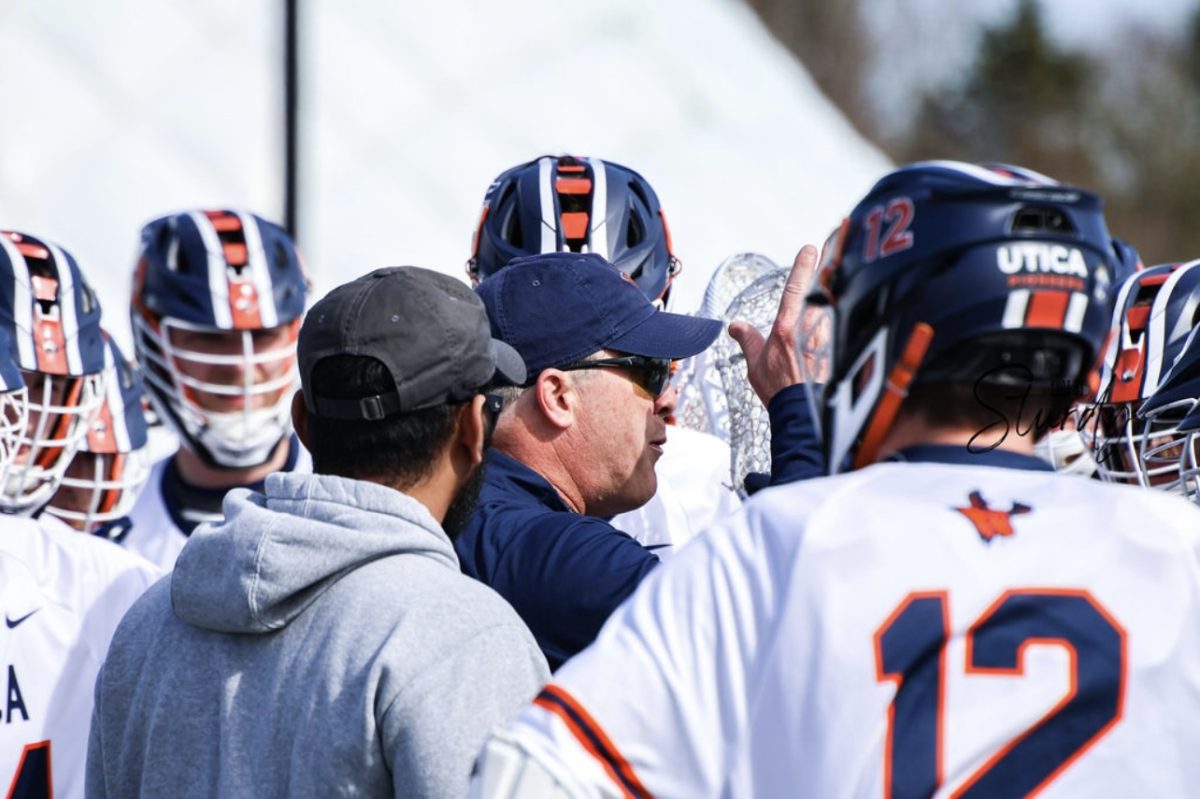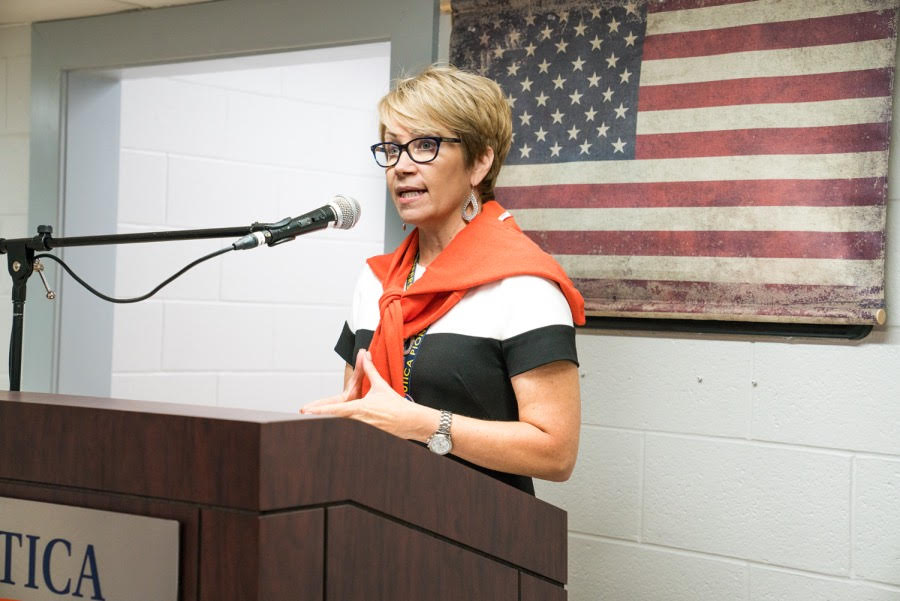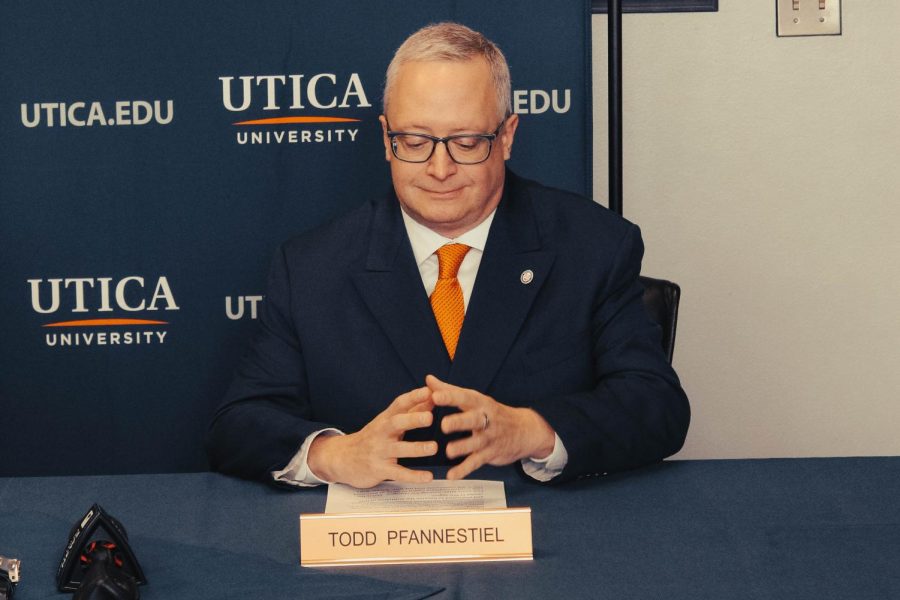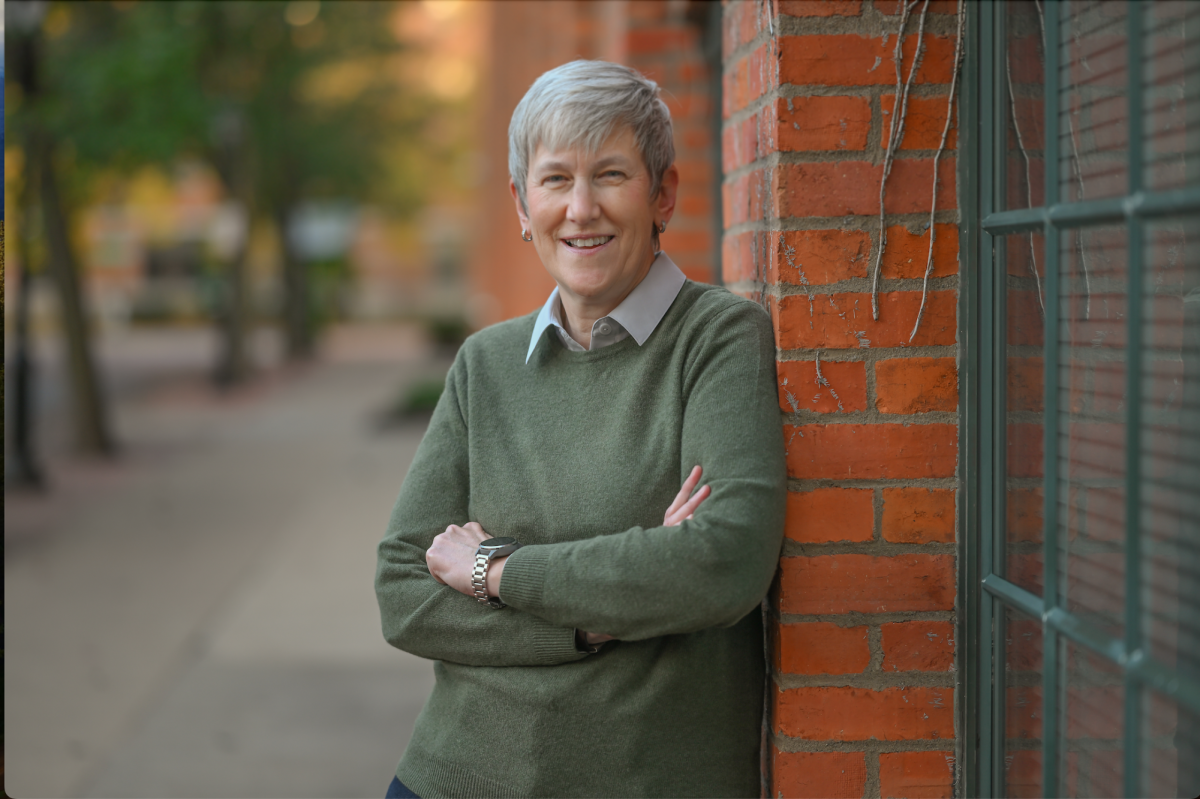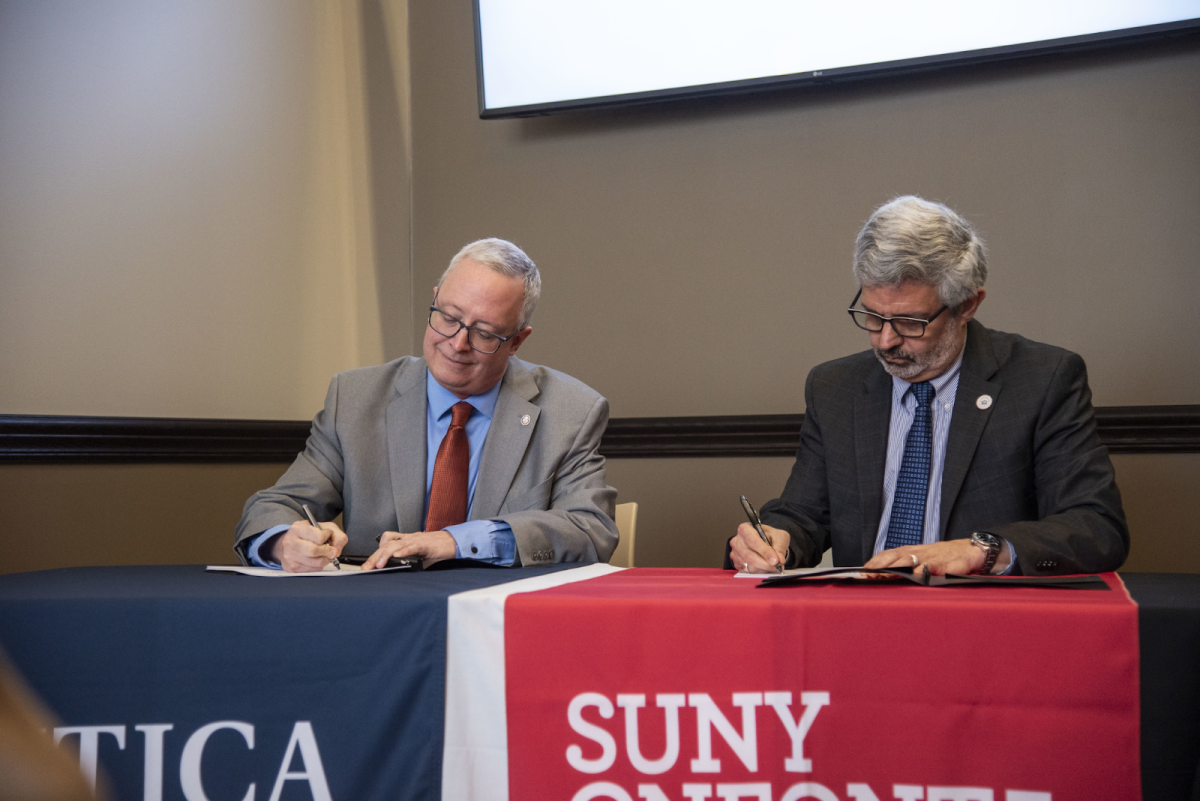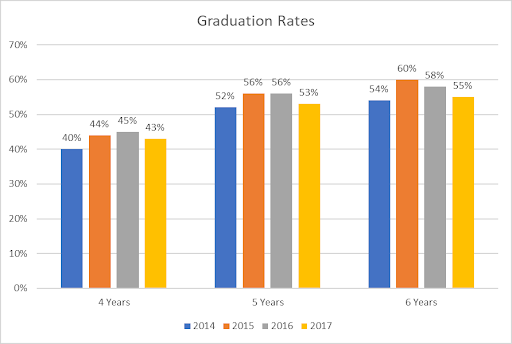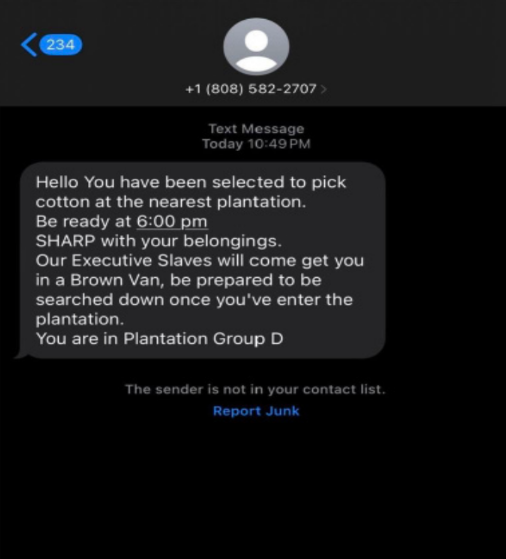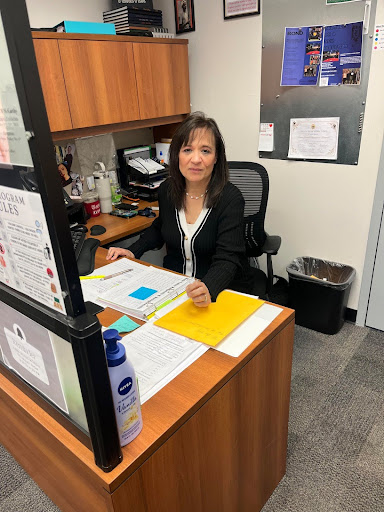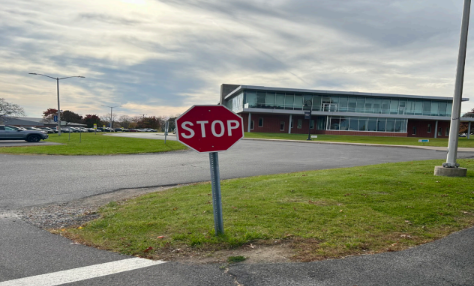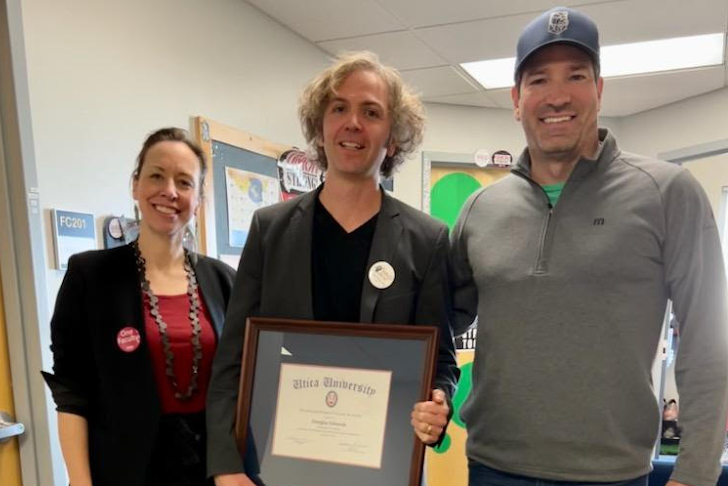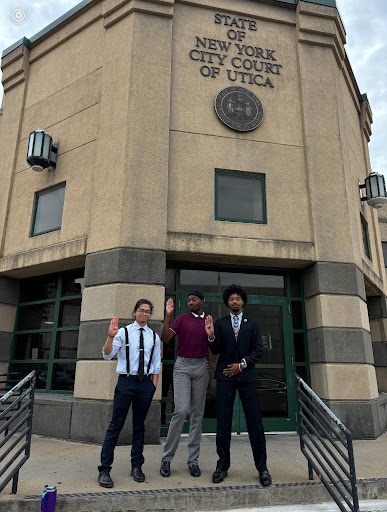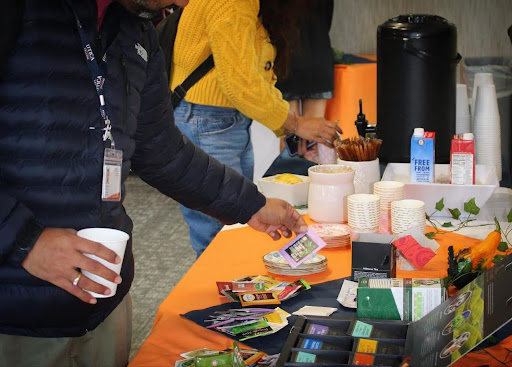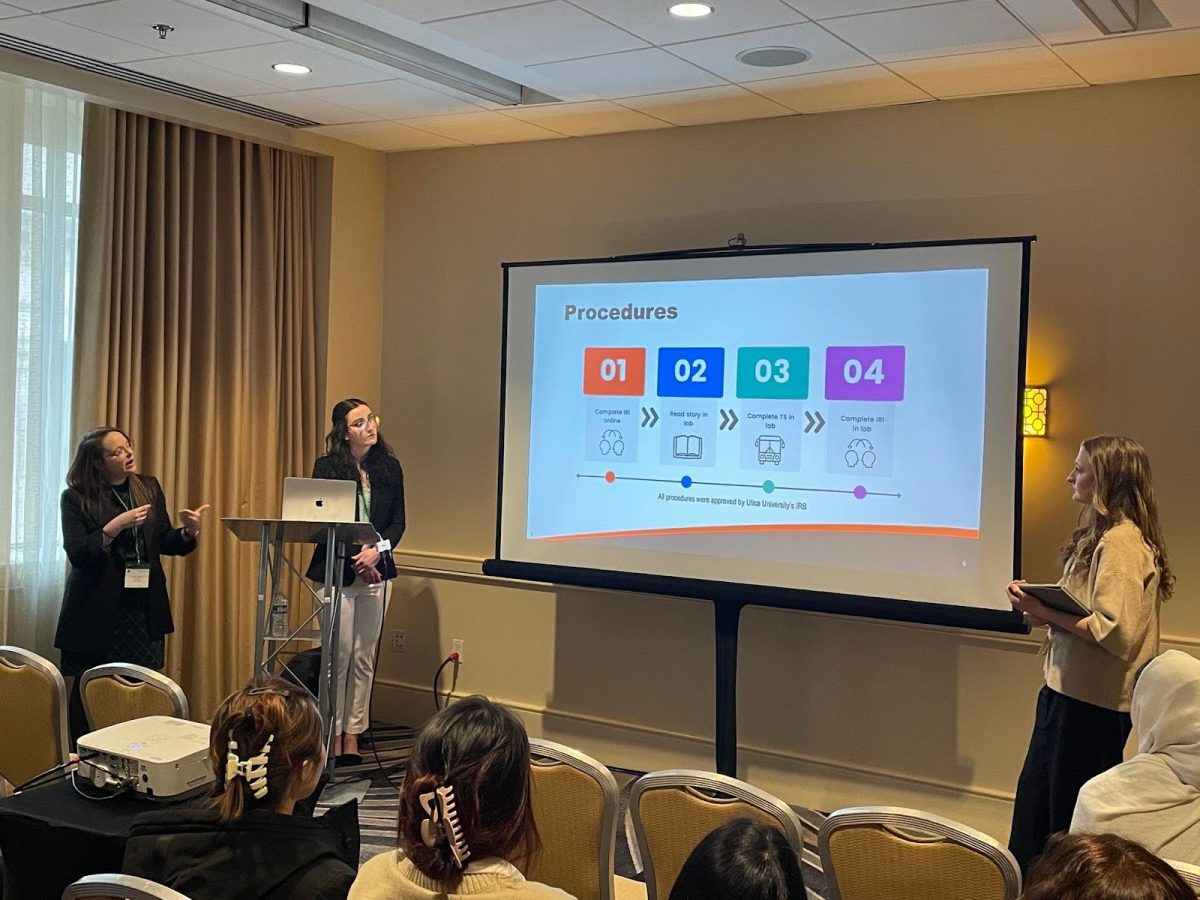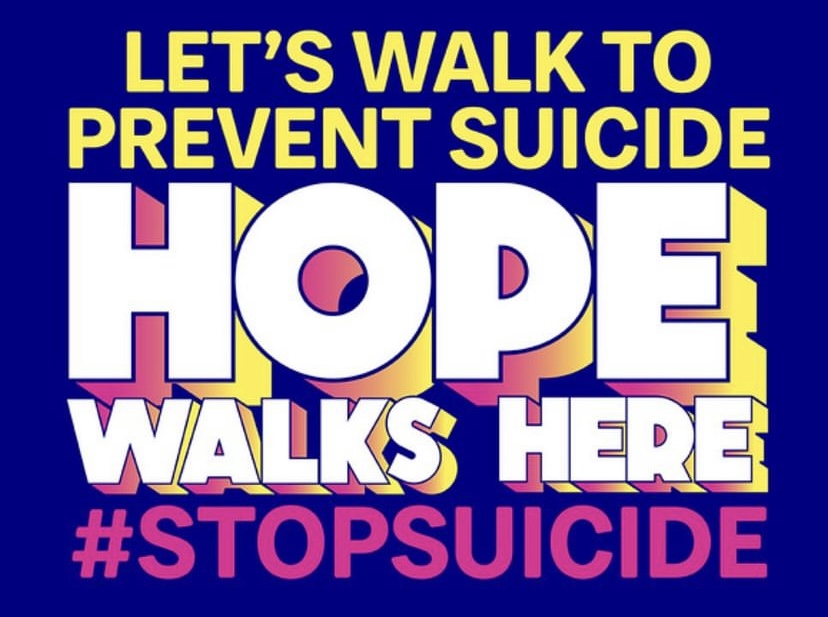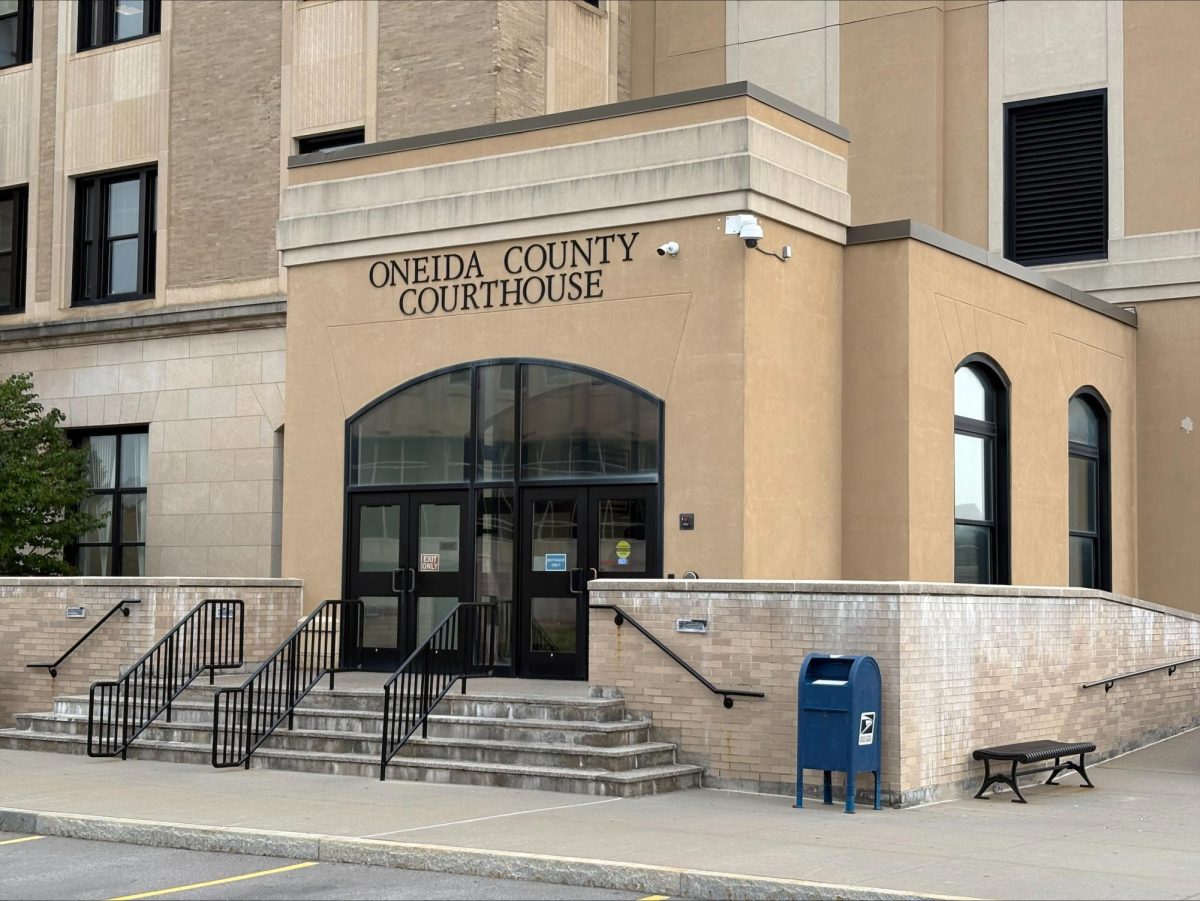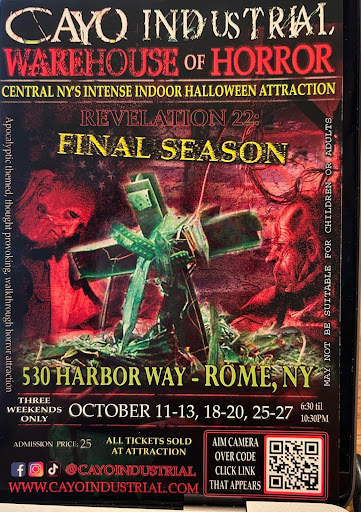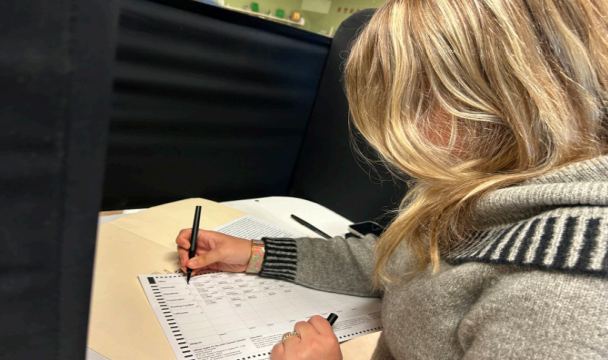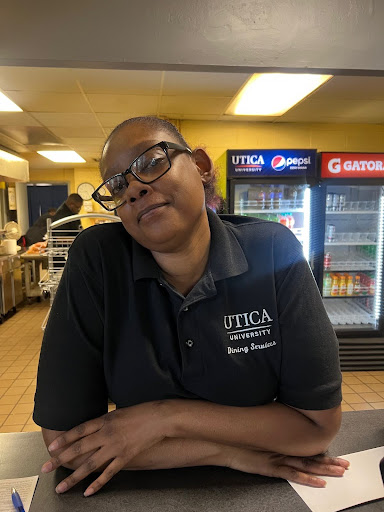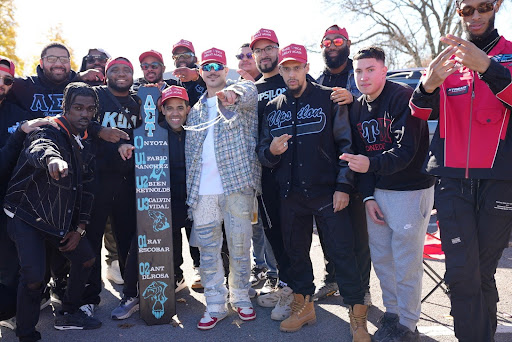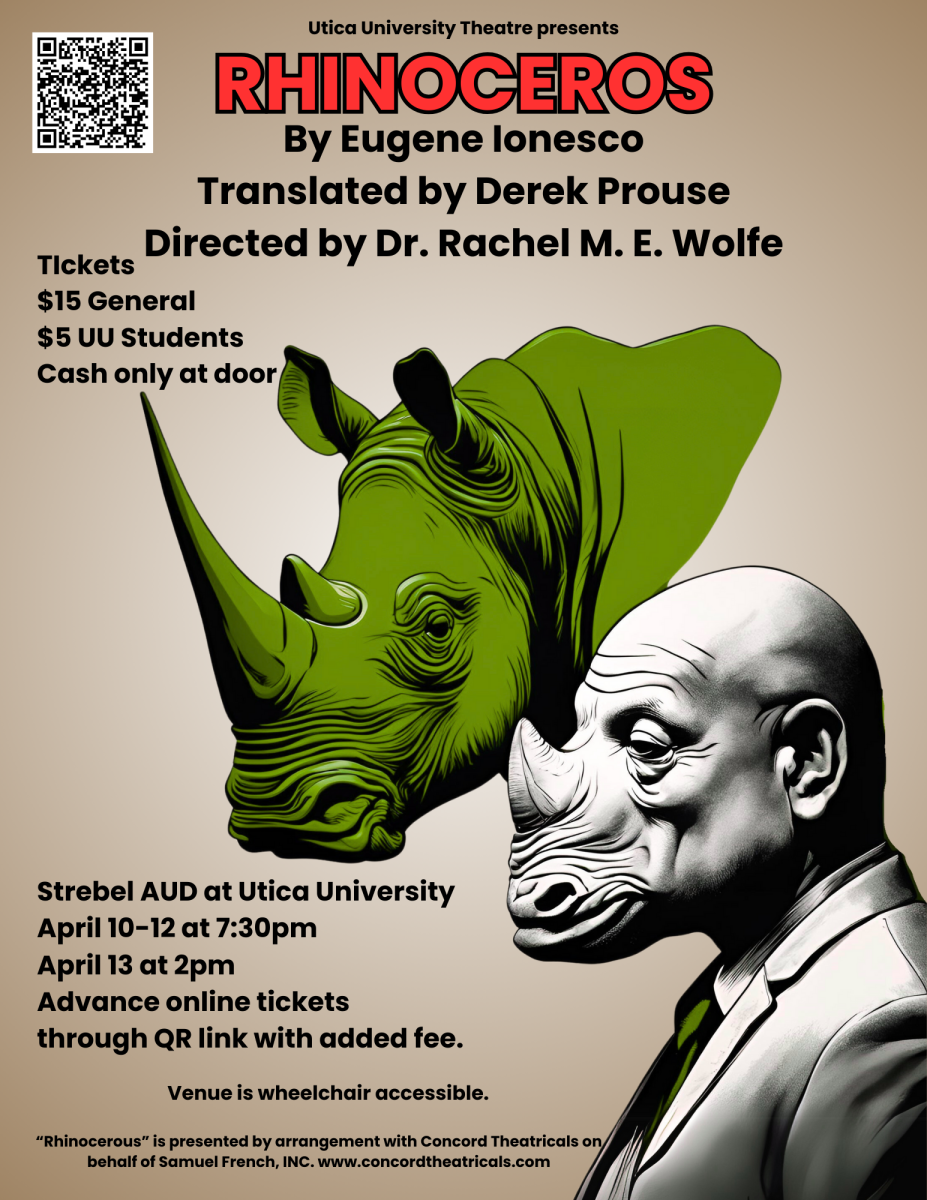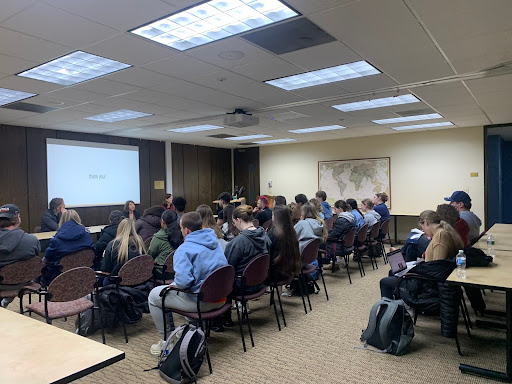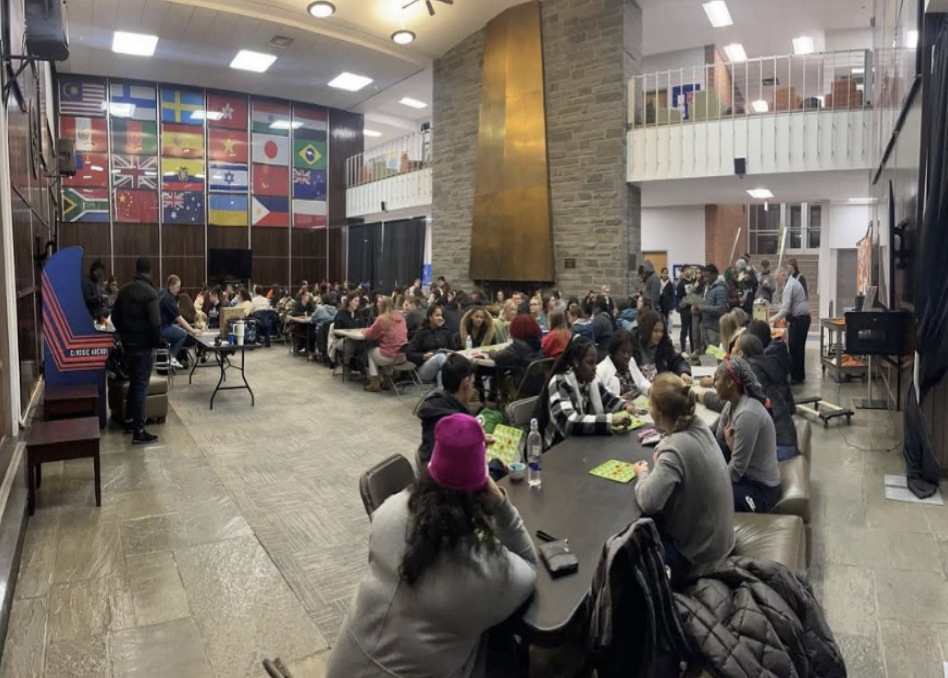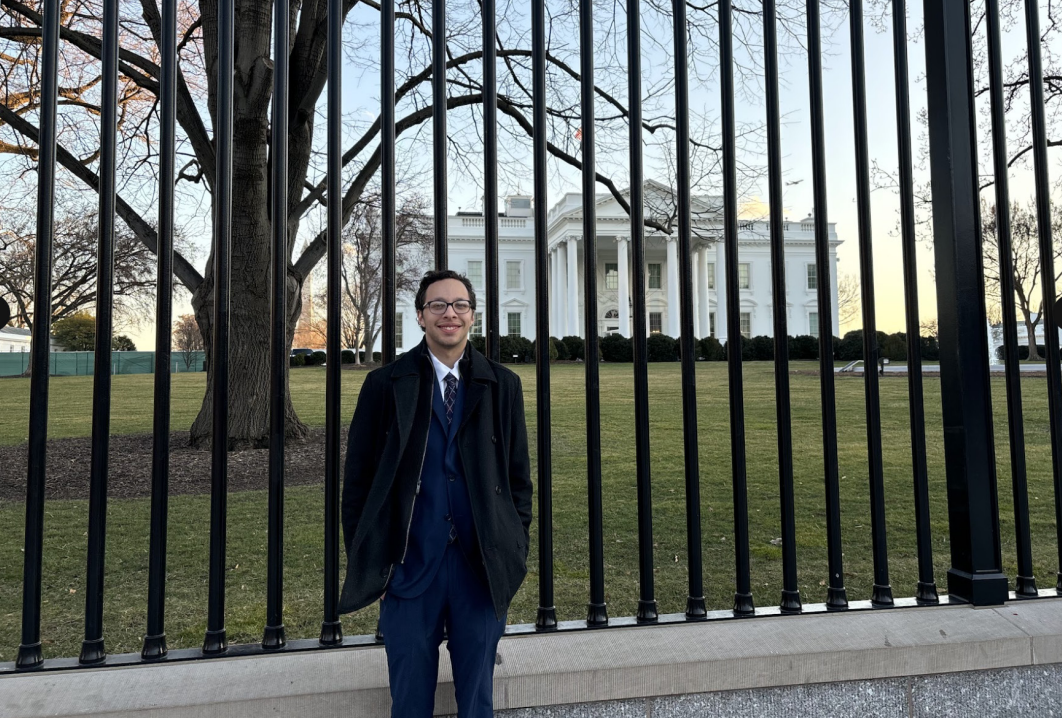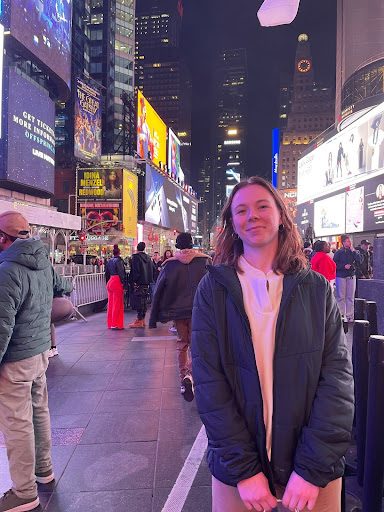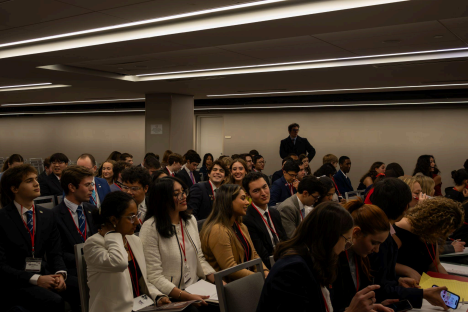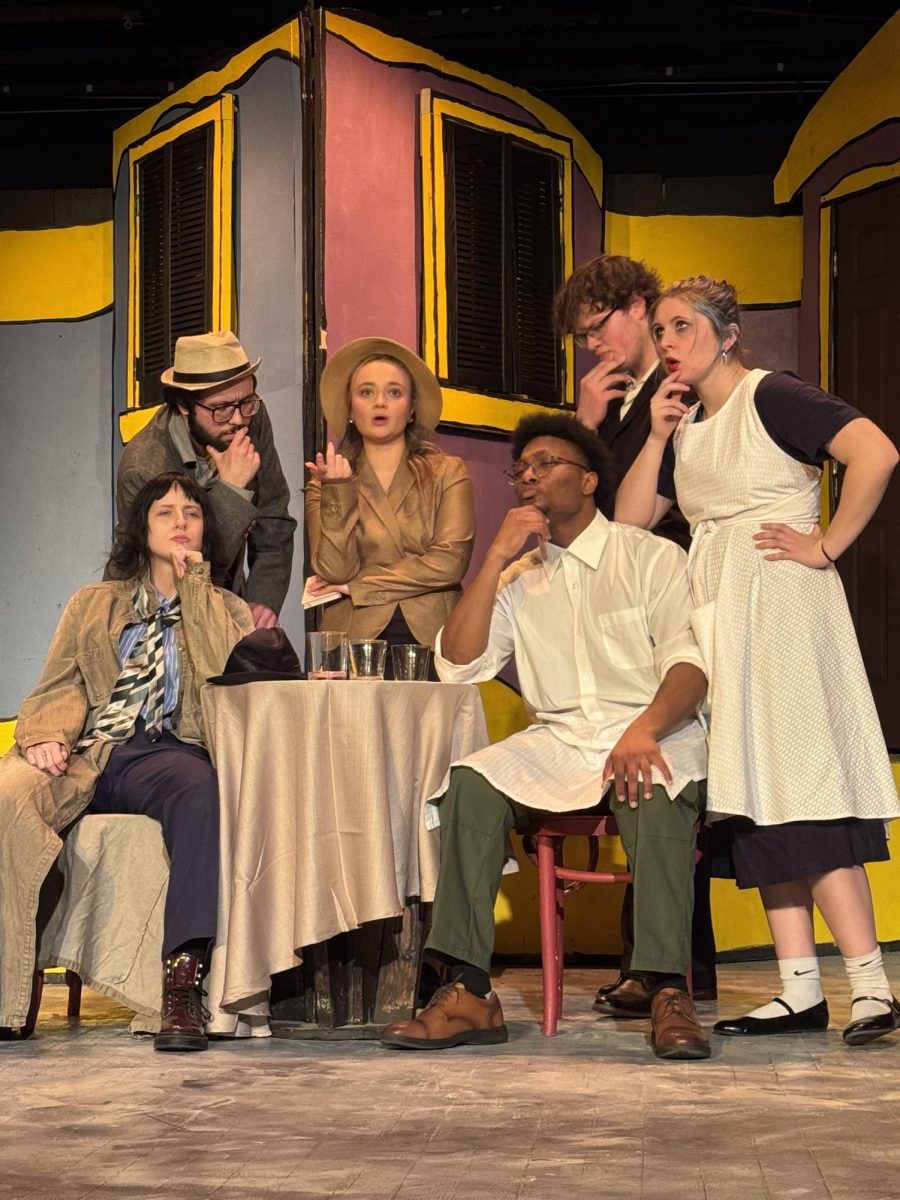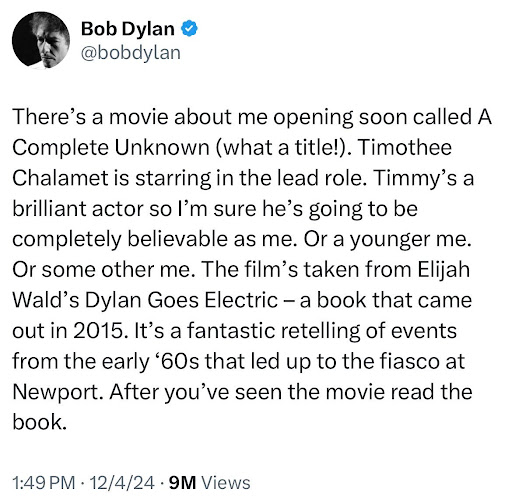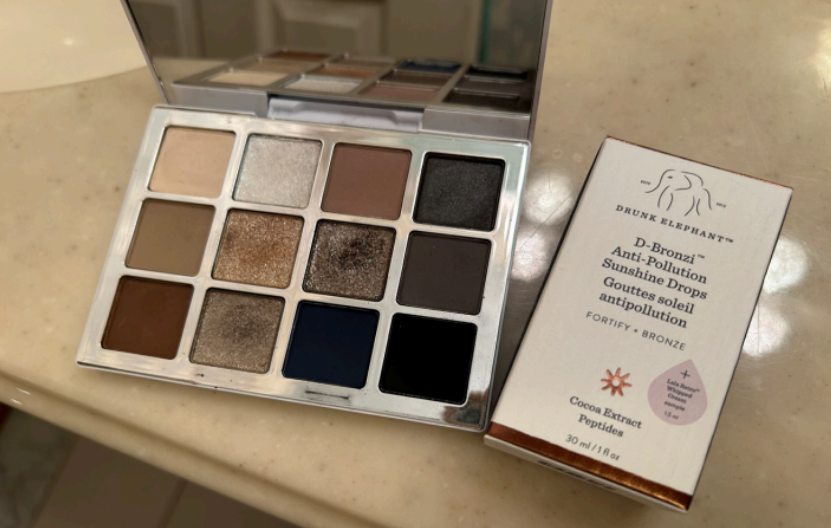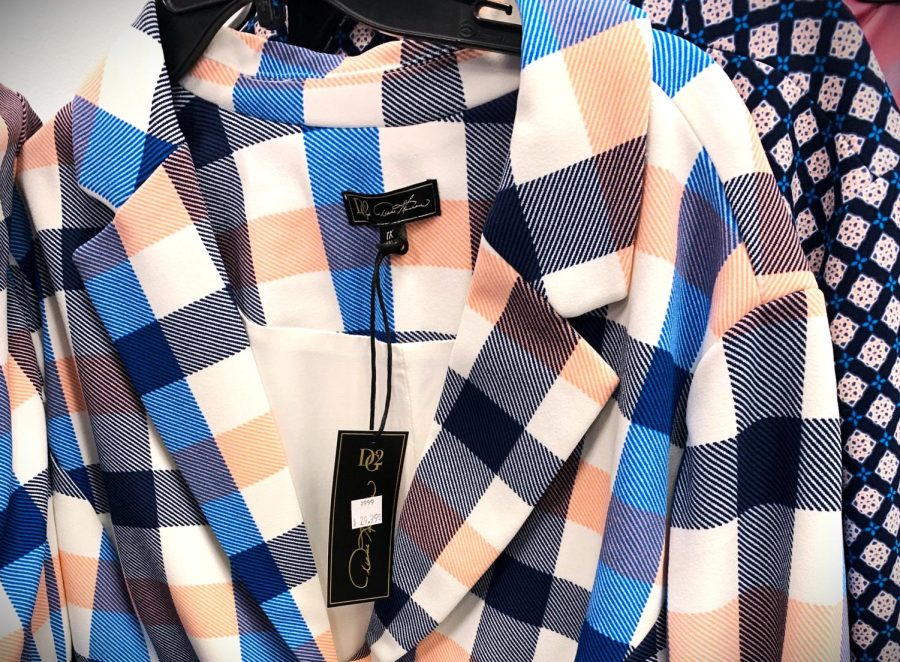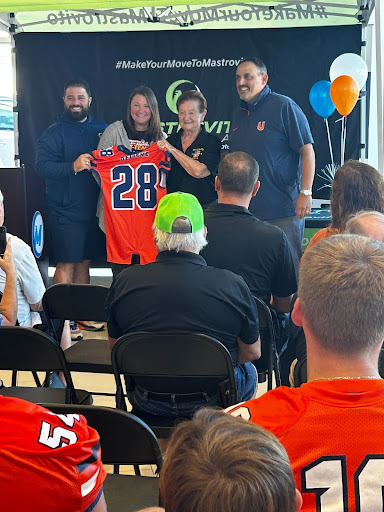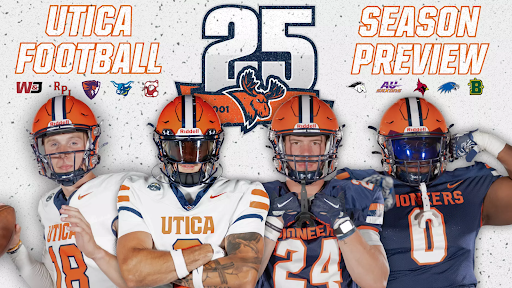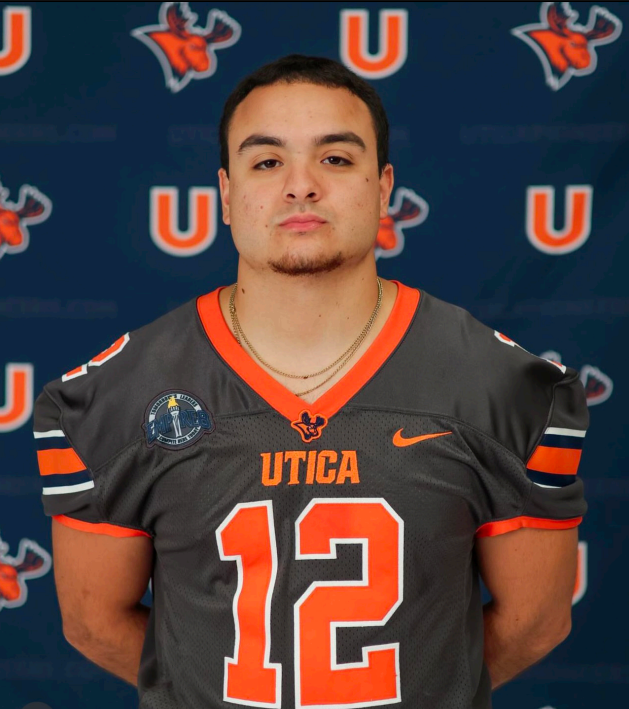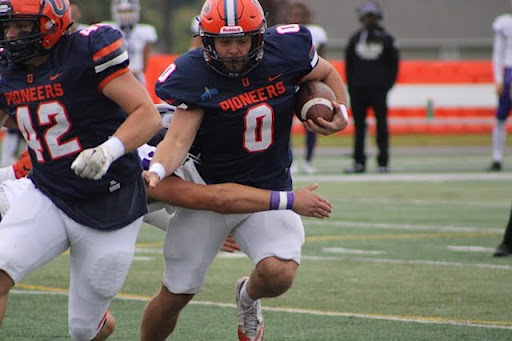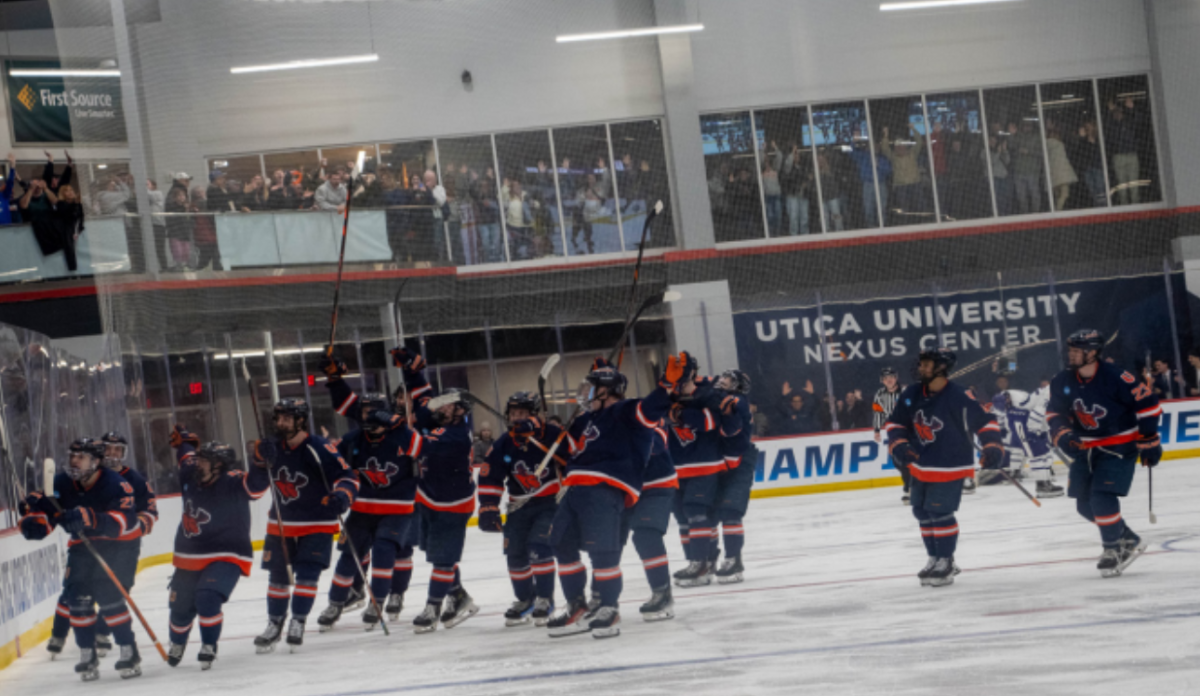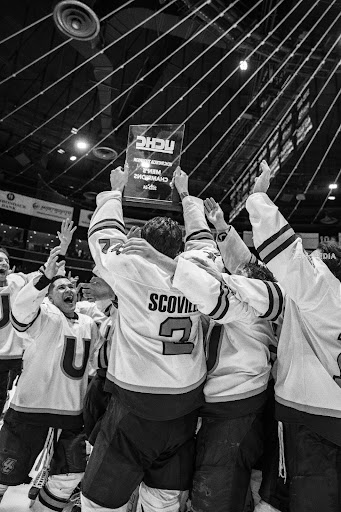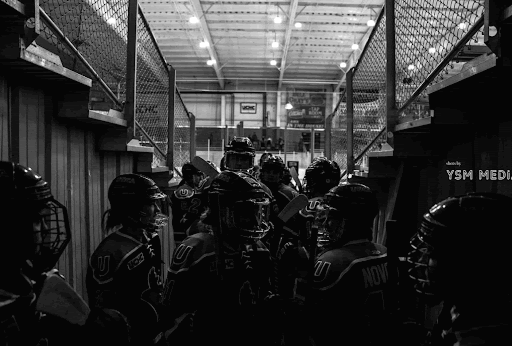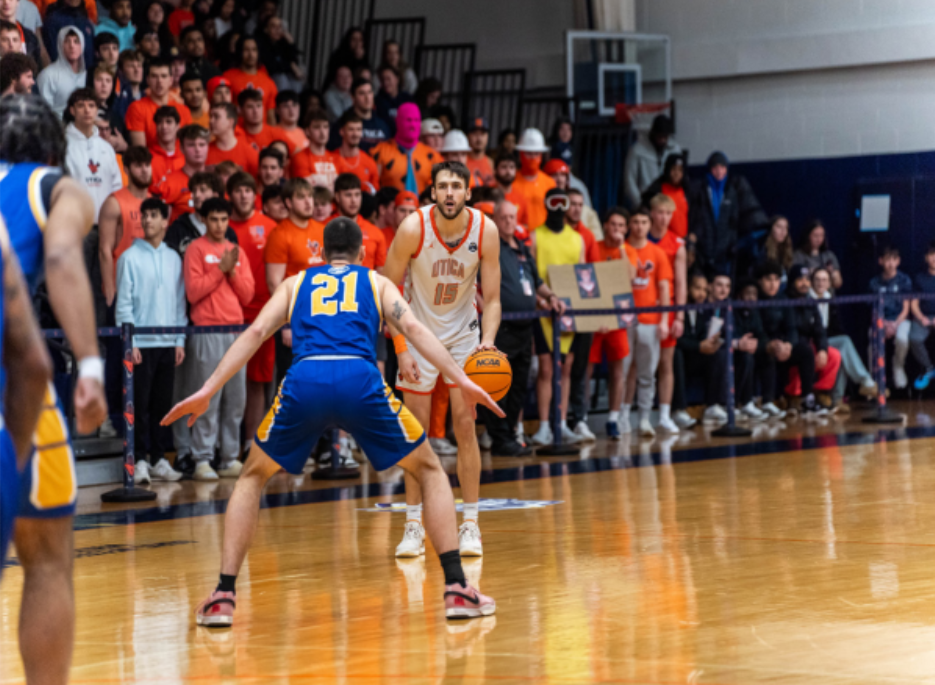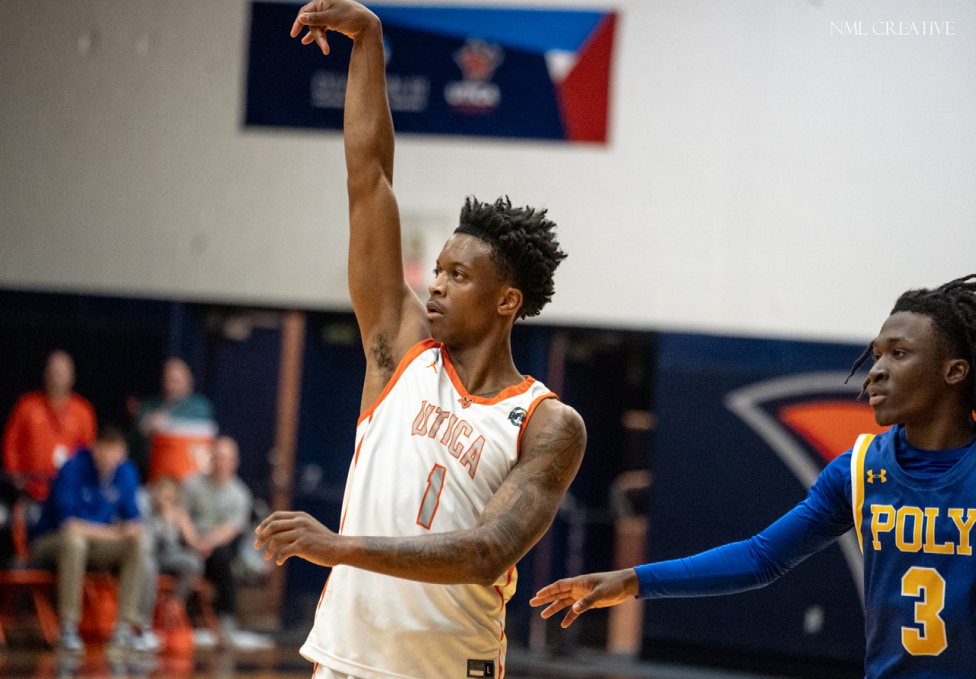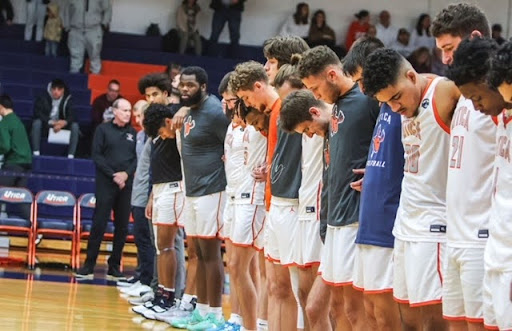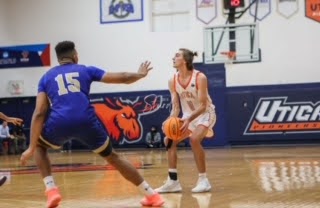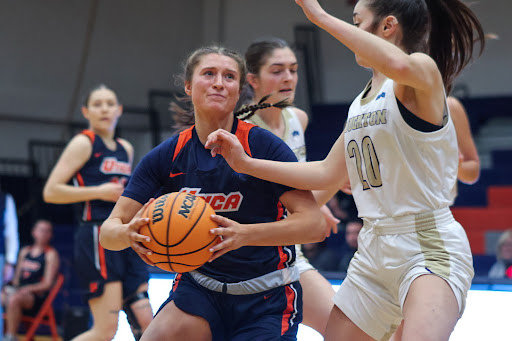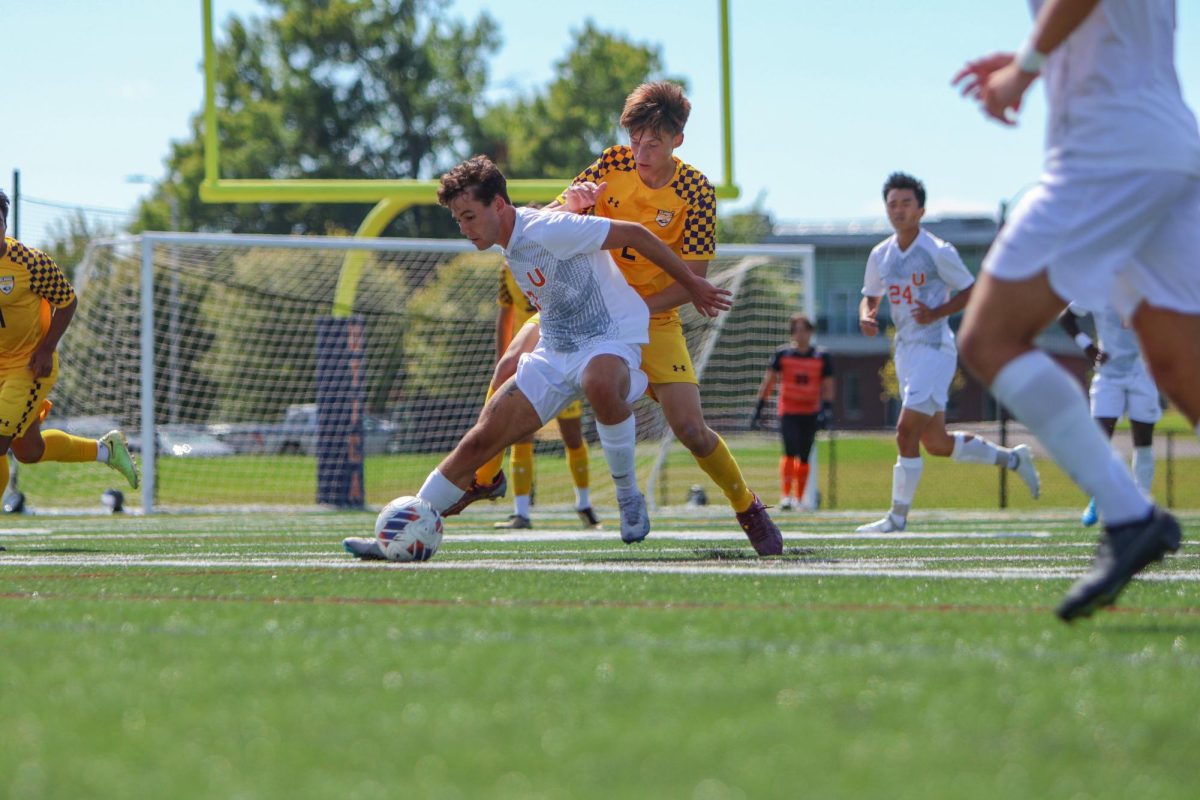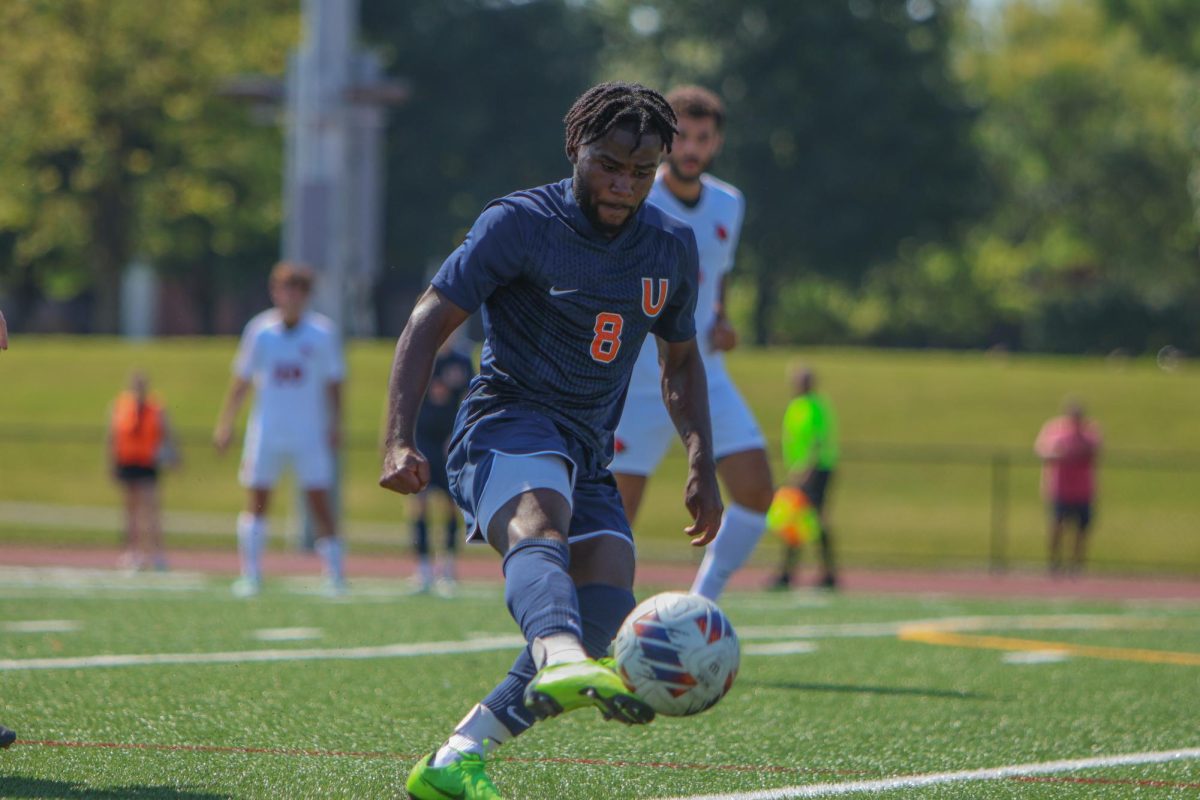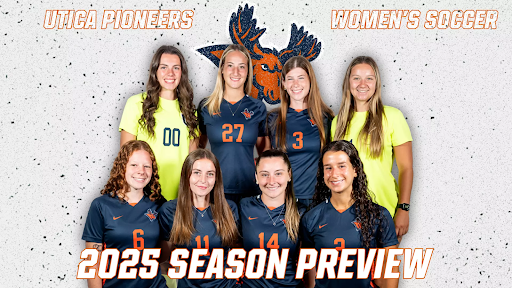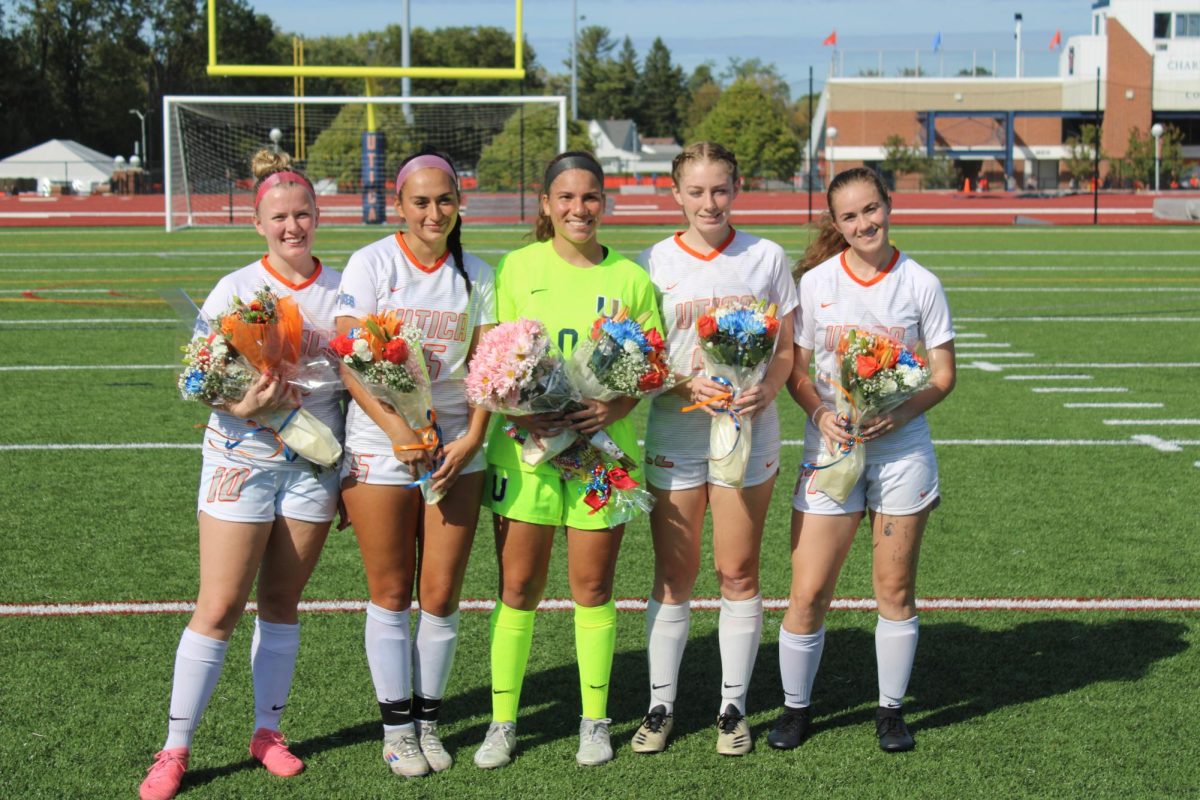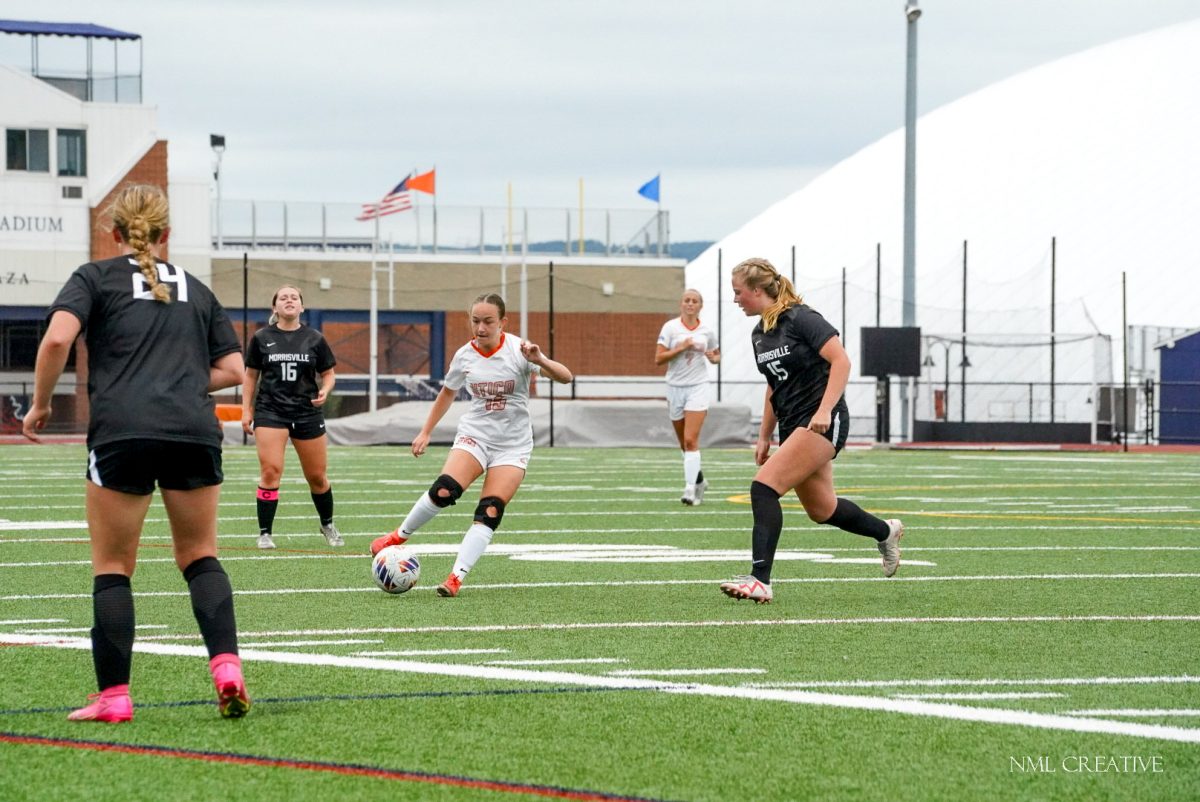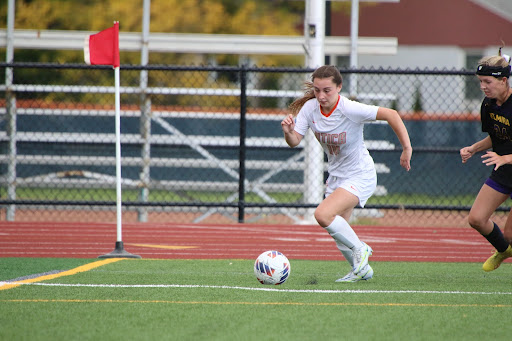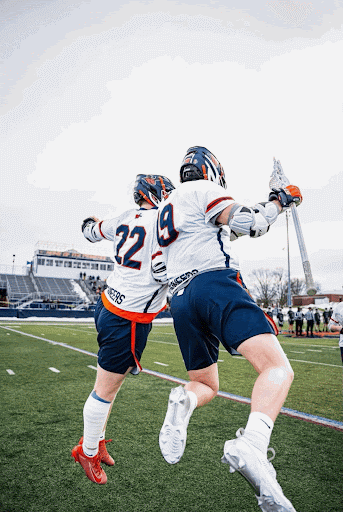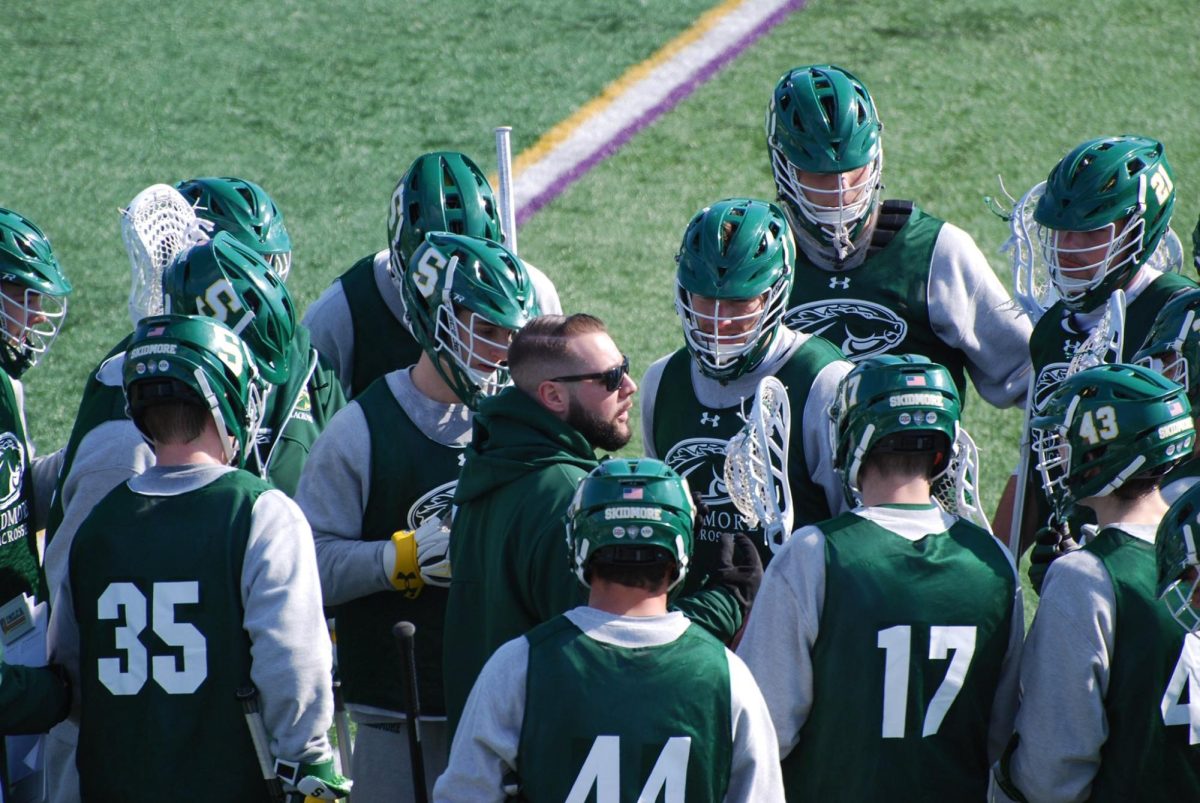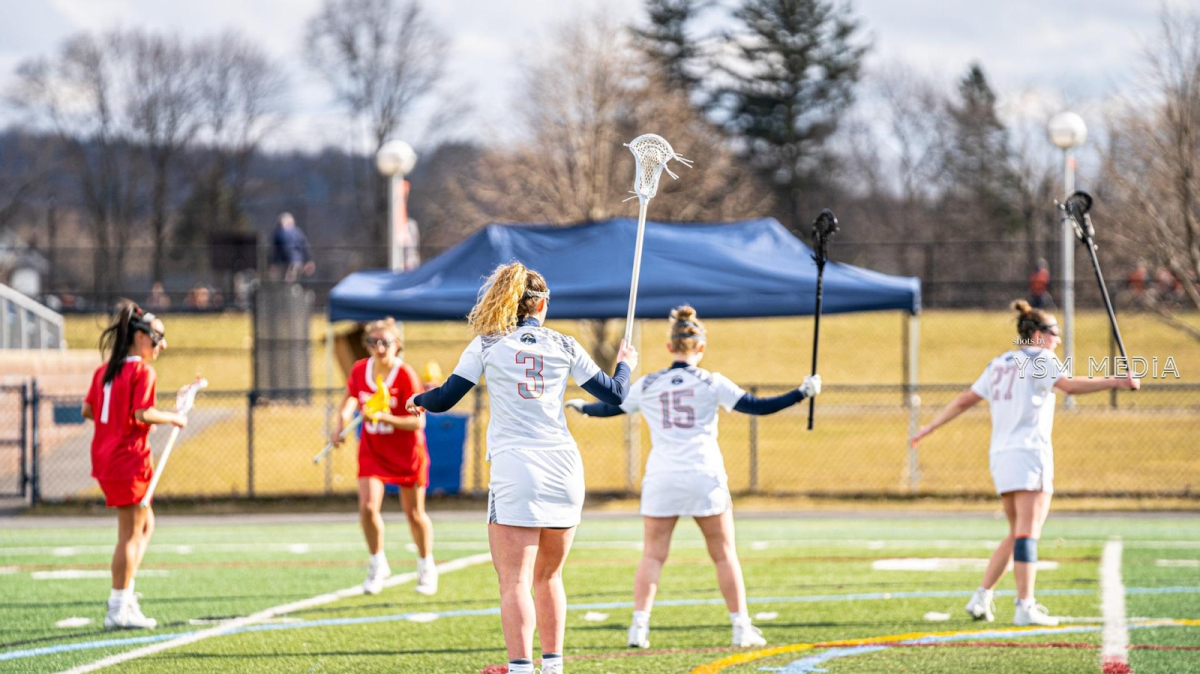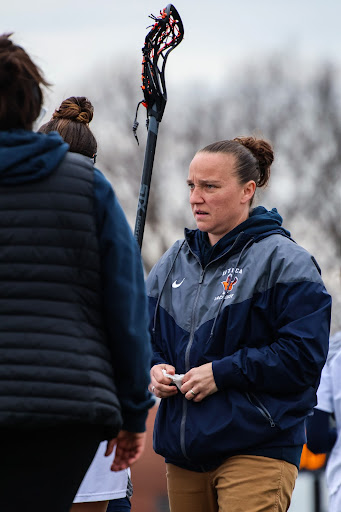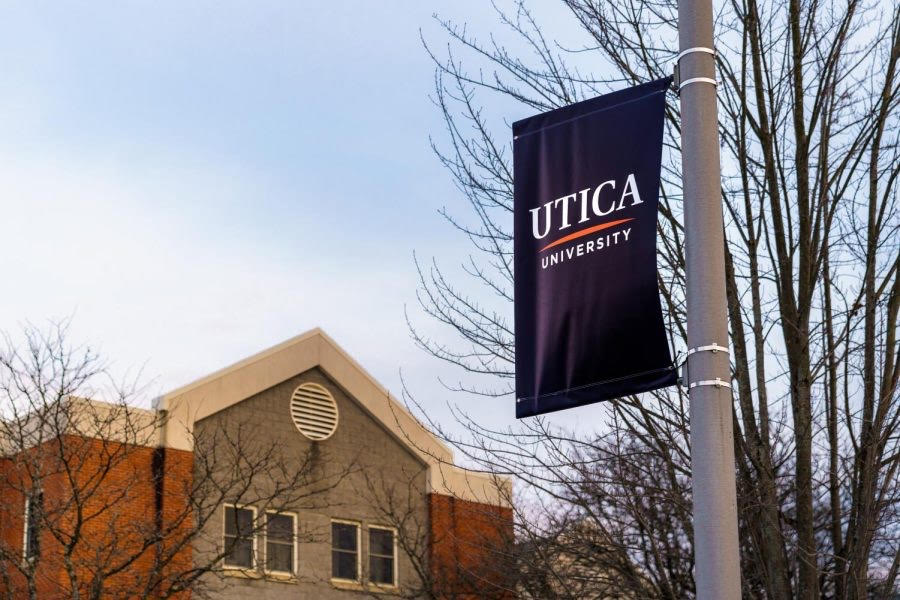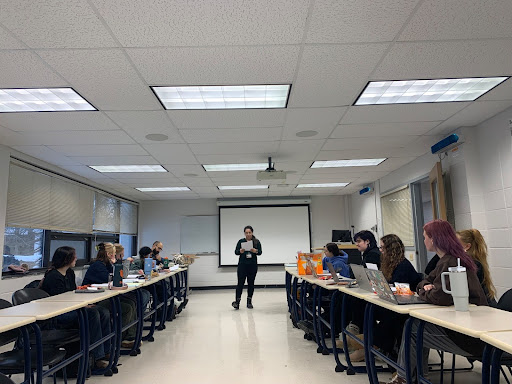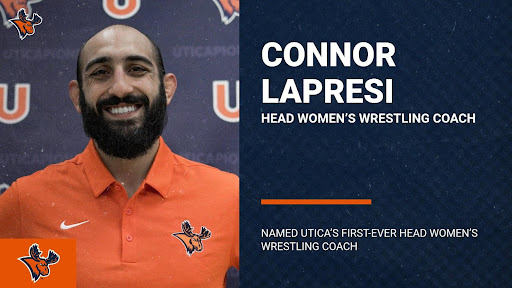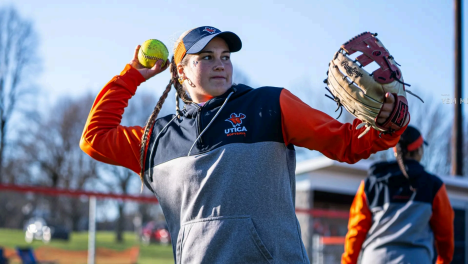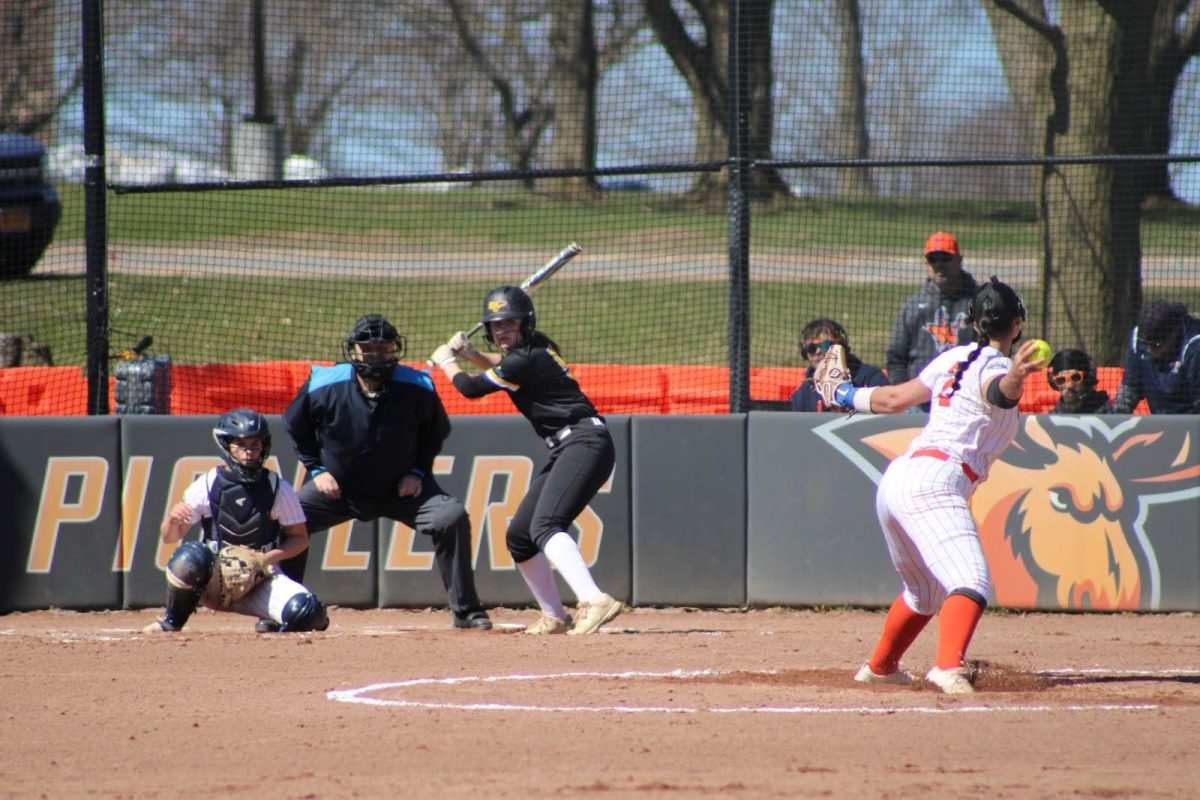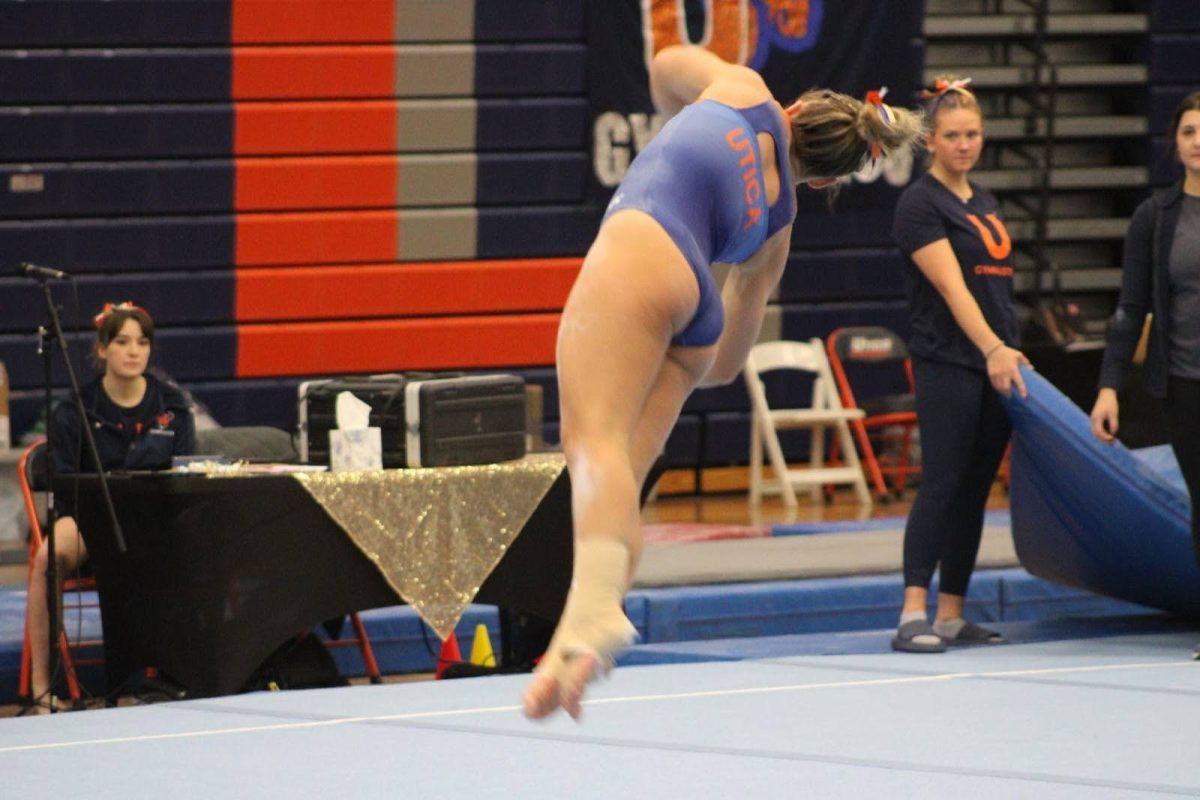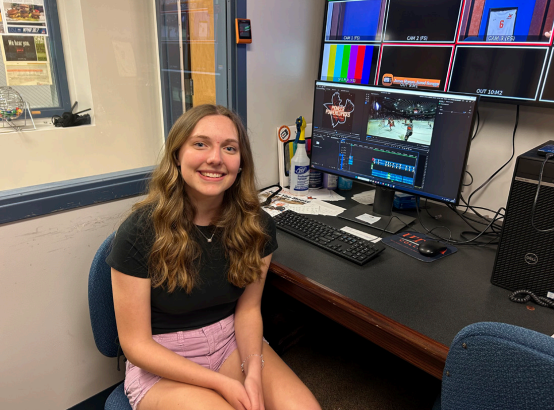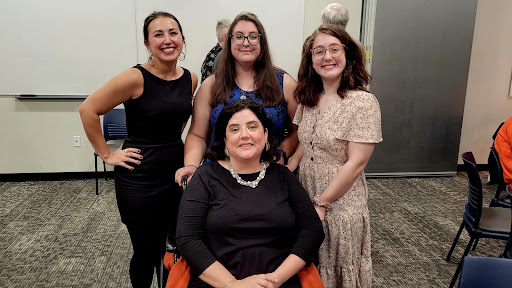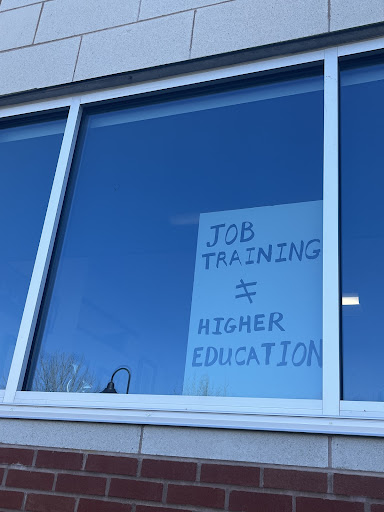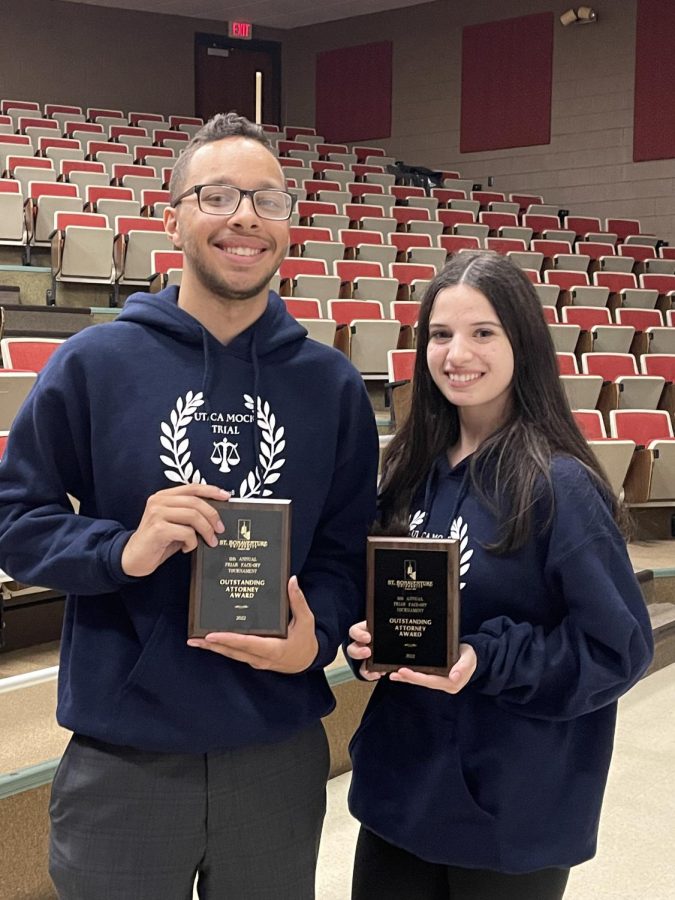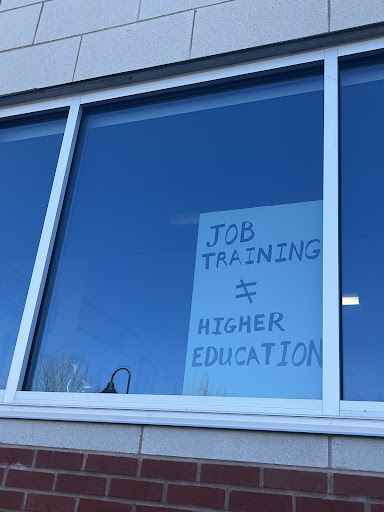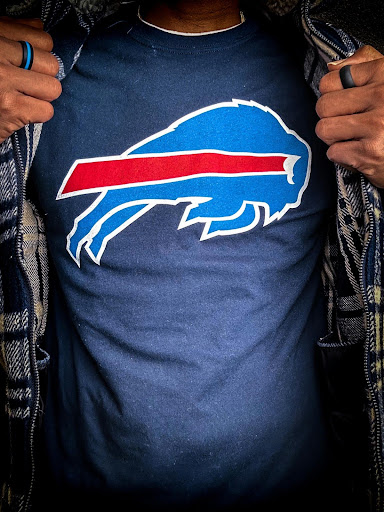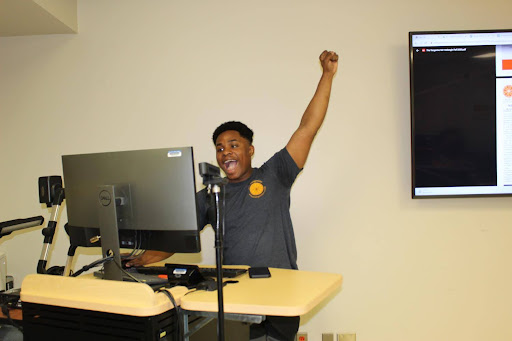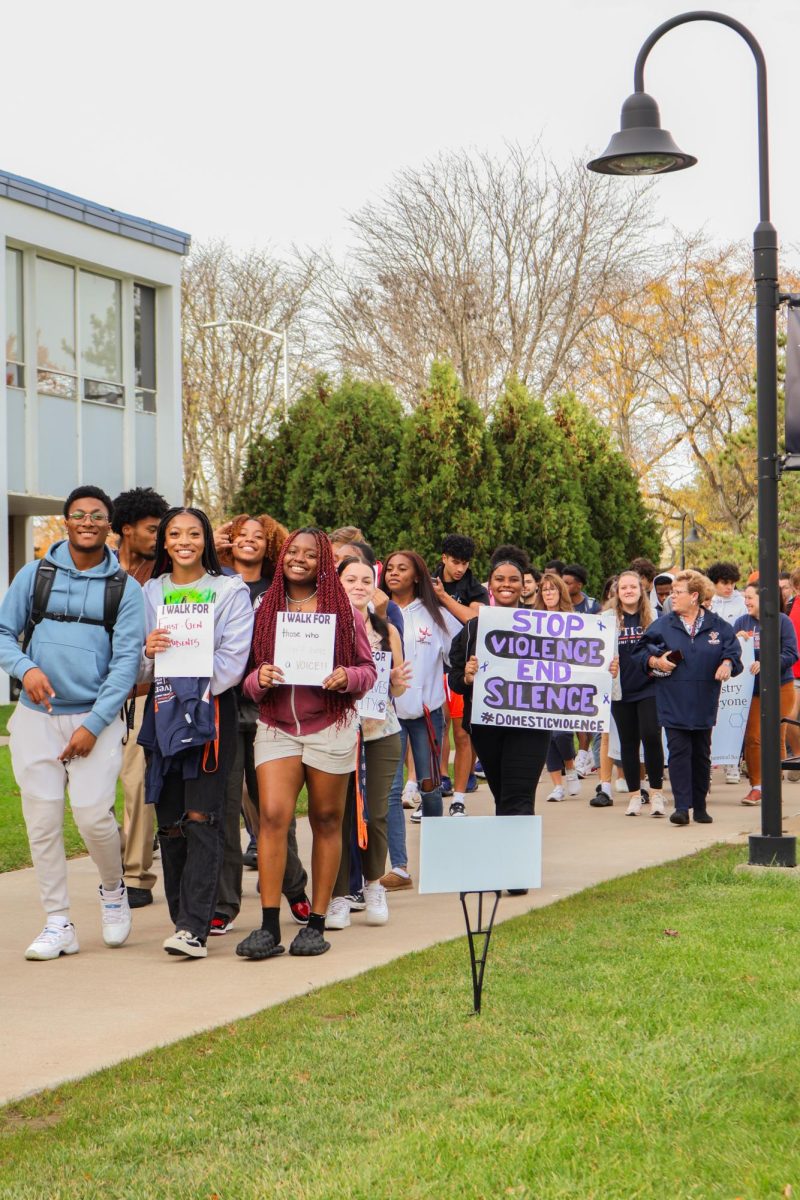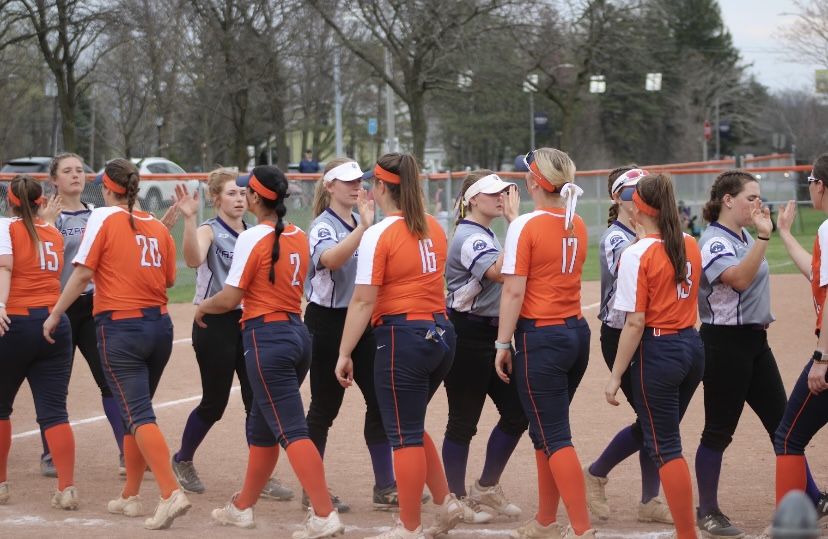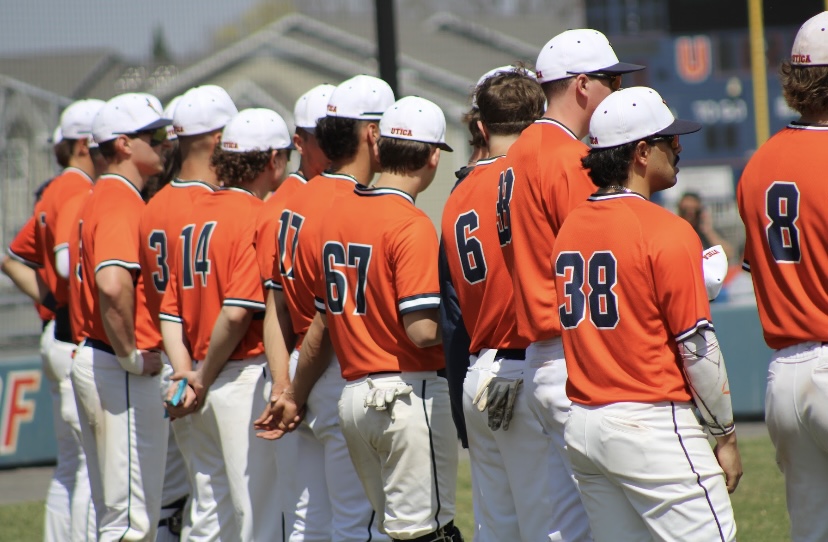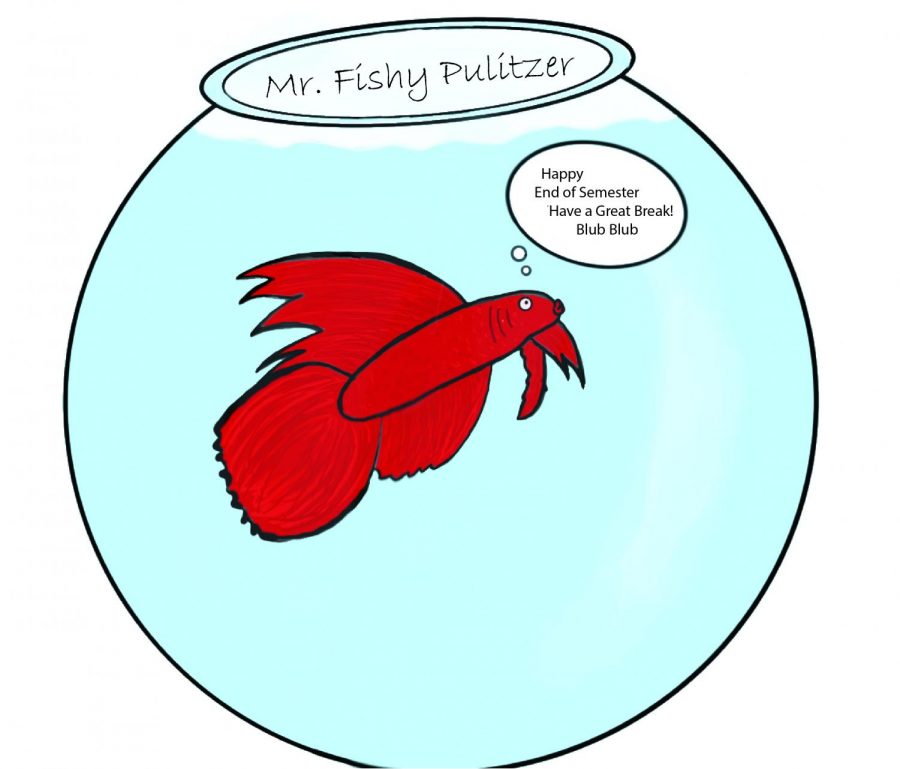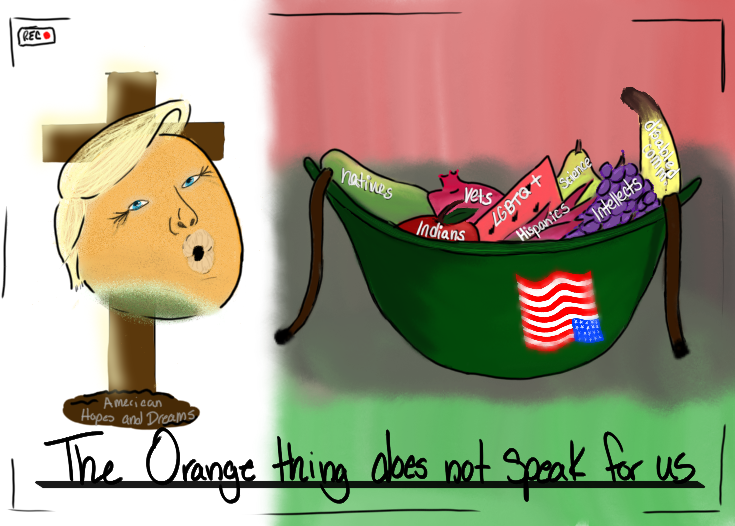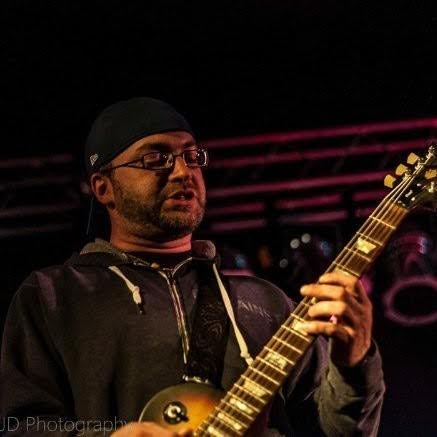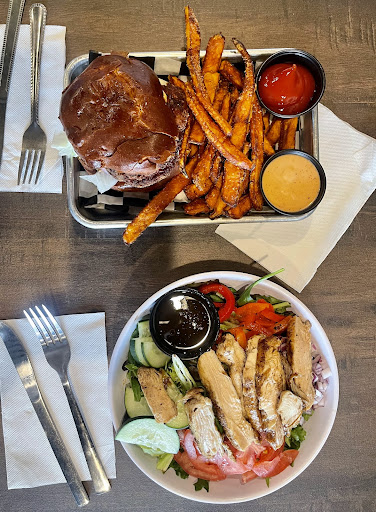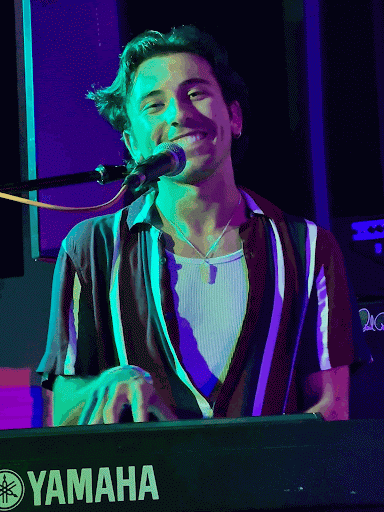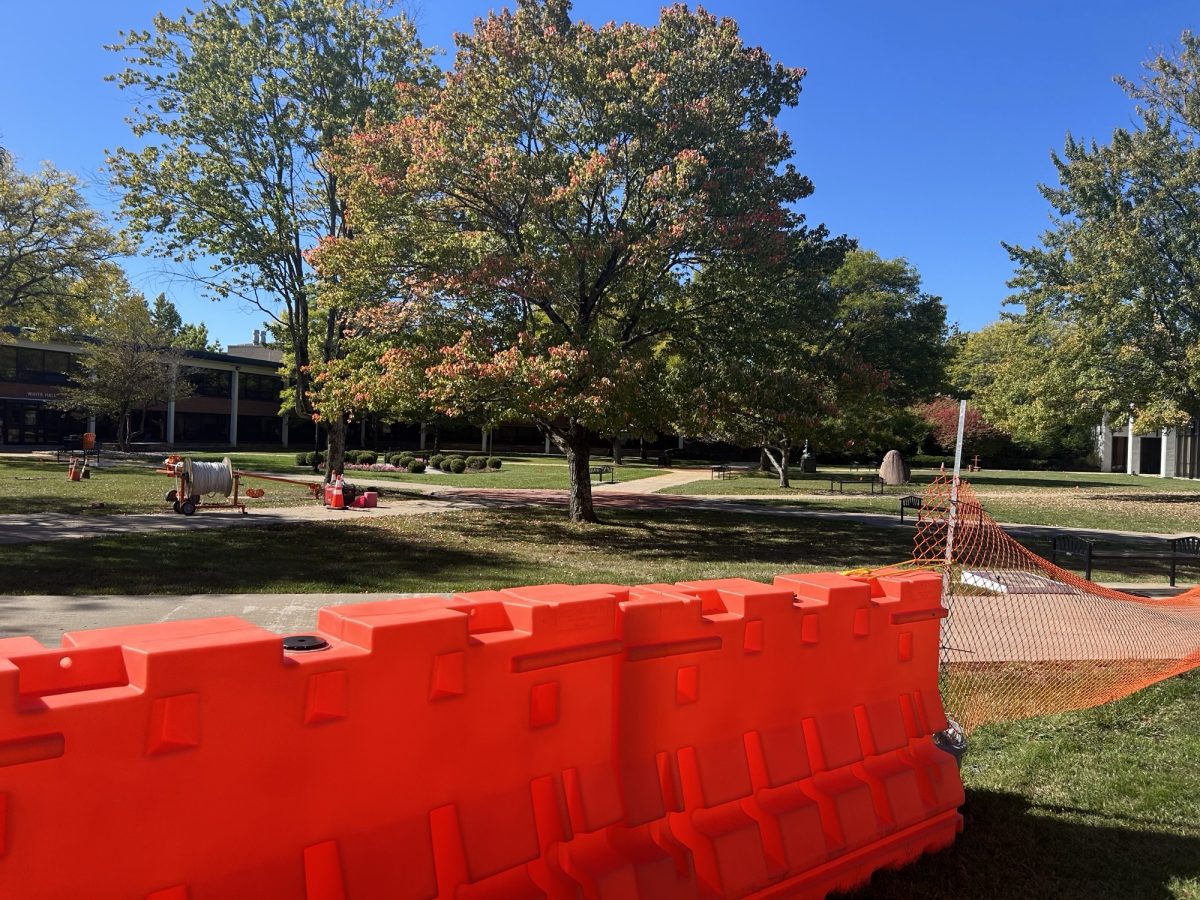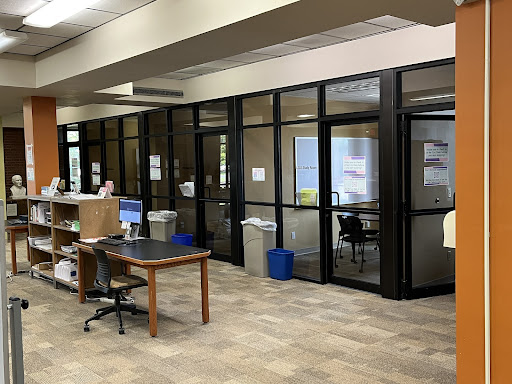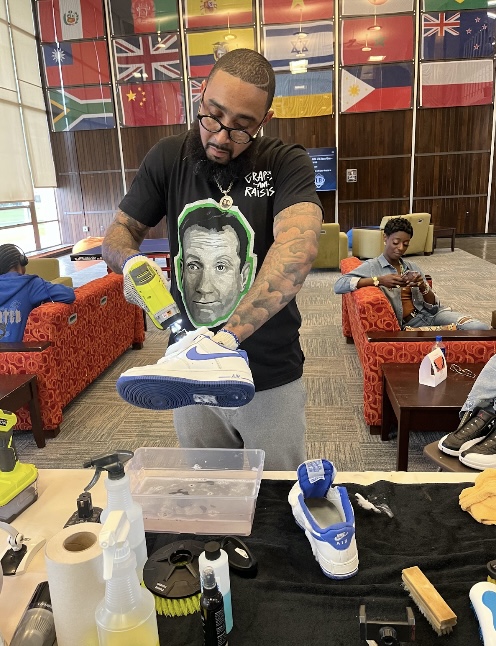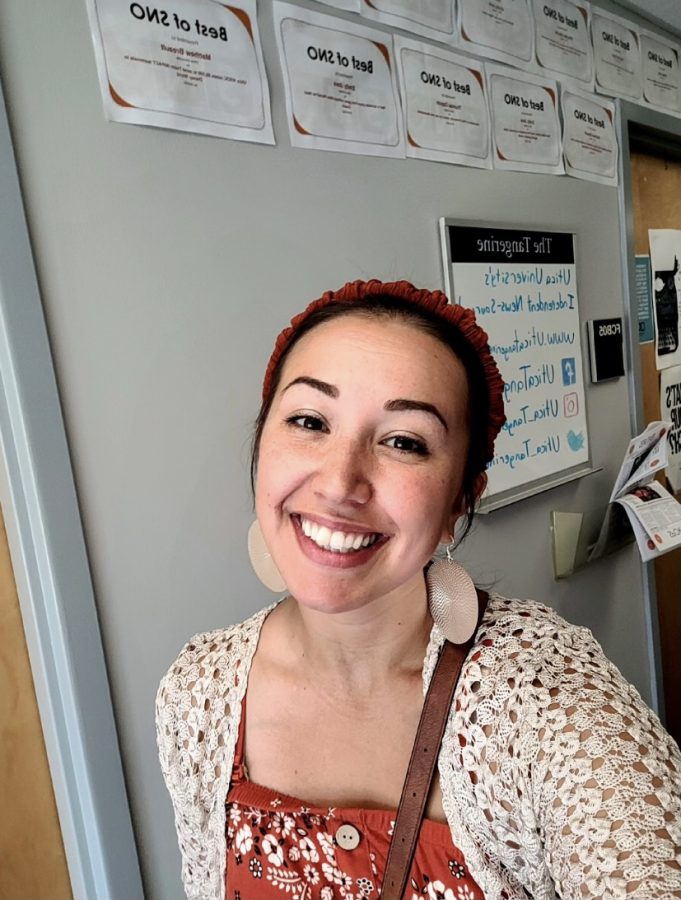When I read The Tangerine’s initial coverage of Charlie Kirk’s death, something felt off. The story focused on students who were shocked and saddened, but it didn’t include perspectives from Black students or cultural organizations on campus. For me, and for many others, it wasn’t just about what was written. It was about what was missing.
Charlie Kirk was not a neutral figure. His record includes racism, homophobia, and transphobia that deeply harmed marginalized communities. Yet the article framed him only through sympathetic voices, even comparing his death to President John F. Kennedy’s assassination. For Black students, that framing did not reflect our reality. To read an article like that at our own university felt like being erased from the conversation.
The fallout also raised a larger concern: how this kind of coverage could affect trust between the paper and minority students on campus. When students of color feel misrepresented or excluded, it doesn’t just shape how they read one article; it can discourage them from ever wanting to write for The Tangerine or to serve as sources for future reporting. That loss would hurt the paper’s credibility and silence important voices before they even have a chance to be heard.
It wasn’t just me who noticed. Black Student Union President Xavier Moore and Jean’i Brantley quickly posted a video to social media demanding that the story be taken down. Within an hour or two, The Tangerine made the rare decision to remove the story from the website. That immediate response reflected the seriousness of the harm the article caused.
The response from the administration confirmed that our concerns were legitimate. Jason R. Denman, Dean of Humanities and Social Sciences, acknowledged in an email that he “cringed” at the article and the photo attached to it. He also stressed that poor editorial decisions don’t always come from malice, but from blind spots. The exact kind of blind spots that happen when Black students and students of color are left out of reporting. In the end, his support and The Tangerine’s action showed that our critiques were not misplaced.
The reporting itself should have gone deeper. Writers need to be more aware of how impactful a death like Kirk’s is, especially given the polarizing and harmful nature of his rhetoric. Awareness isn’t about blame; it’s about responsibility.
That sequence of events, outrage, video response, quick takedown, and acknowledgement, speaks to the larger issue. Representation in journalism is not optional. When our student paper leaves out perspectives from students of color, it fails to reflect the community it claims to serve. And when it fails, students will hold it accountable.
As a member of BSU and a writer myself, I believe it is our responsibility to ensure that future reporting does better. That doesn’t mean every article needs to quote every group. It means we must recognize when a story touches issues of race, power, or identity, and seek out those perspectives intentionally. Leaving them out isn’t neutral. It creates a narrative that centers only certain voices, often white voices, while pushing others to the margins.
Kirk’s death was going to stir strong reactions across campus. Some students mourned him, while others remembered the harm his platform caused. Both are valid, and both should have been represented. By only including one side, the article flattened the complexity of the moment and left students of color to fill the silence ourselves.
I write this not only for myself, but for BSU and for every student of color who deserves to see their perspective valued in campus reporting. The controversy around Kirk’s death isn’t just about him; it’s about us, about whose voices get heard and whose do not. The takedown showed that when we speak up, we can make change. Now the challenge is making sure we don’t have to fight for inclusion after the fact, but that our voices are sought out from the very beginning.


